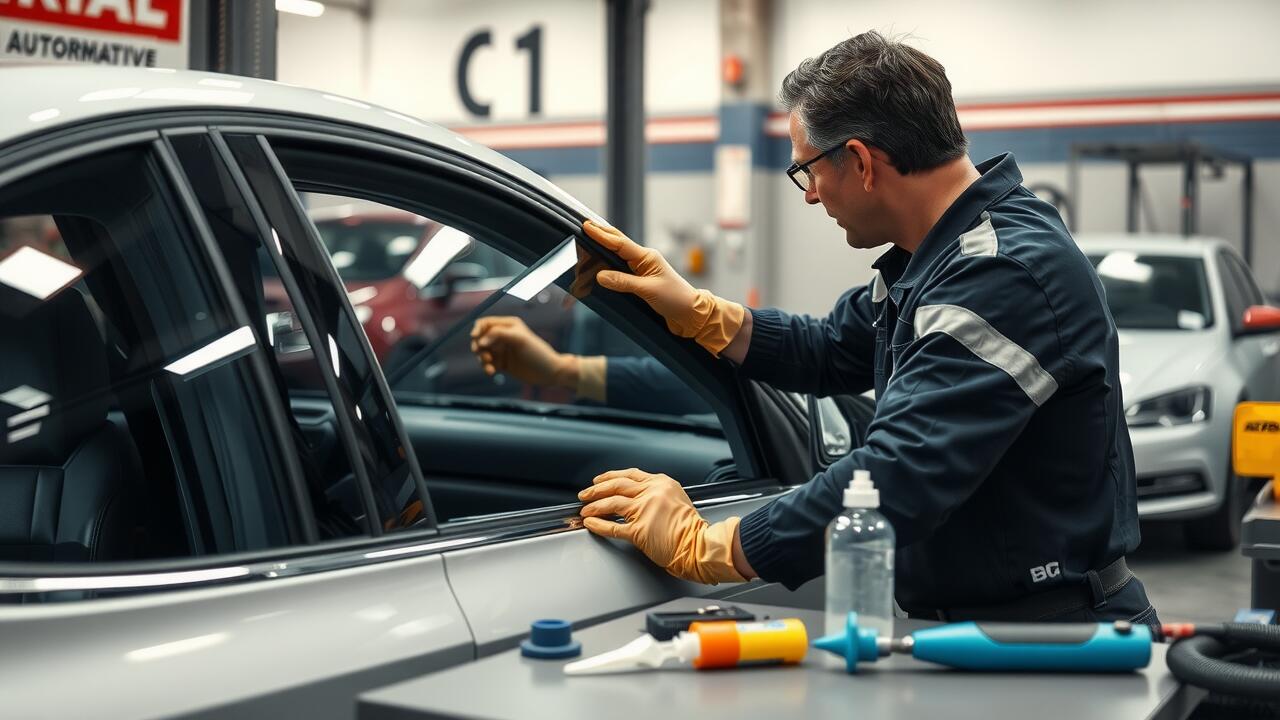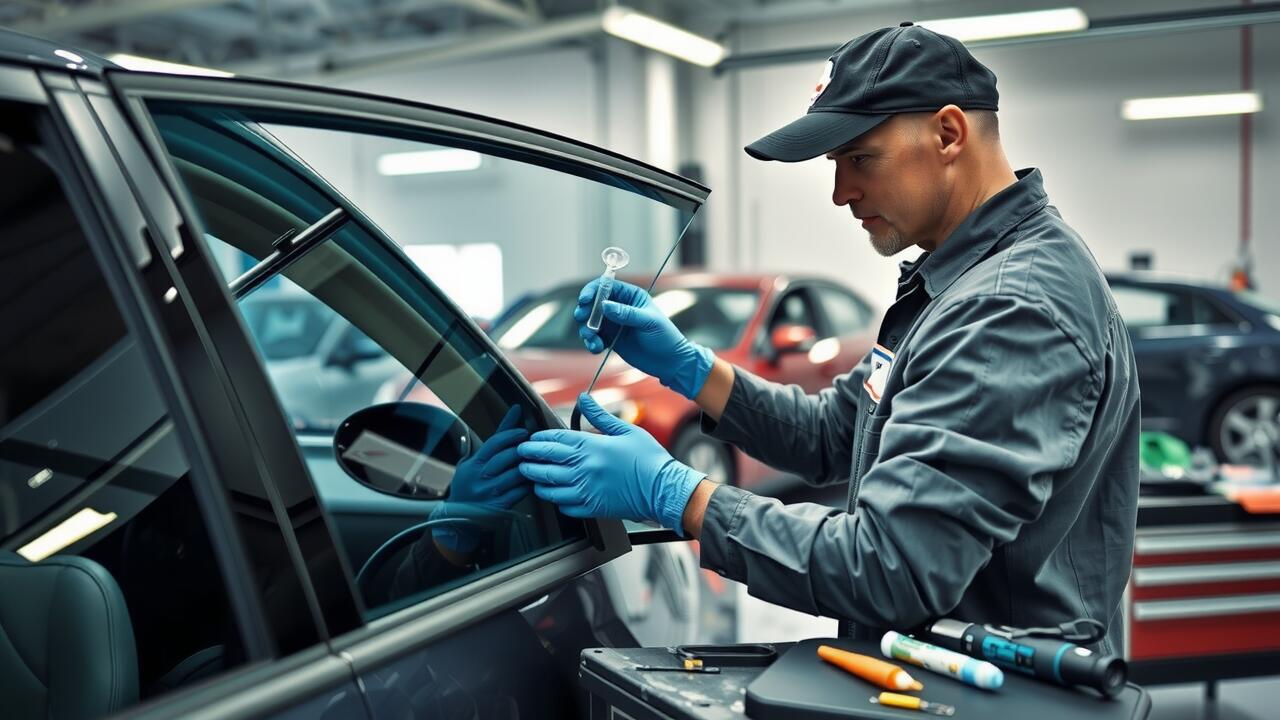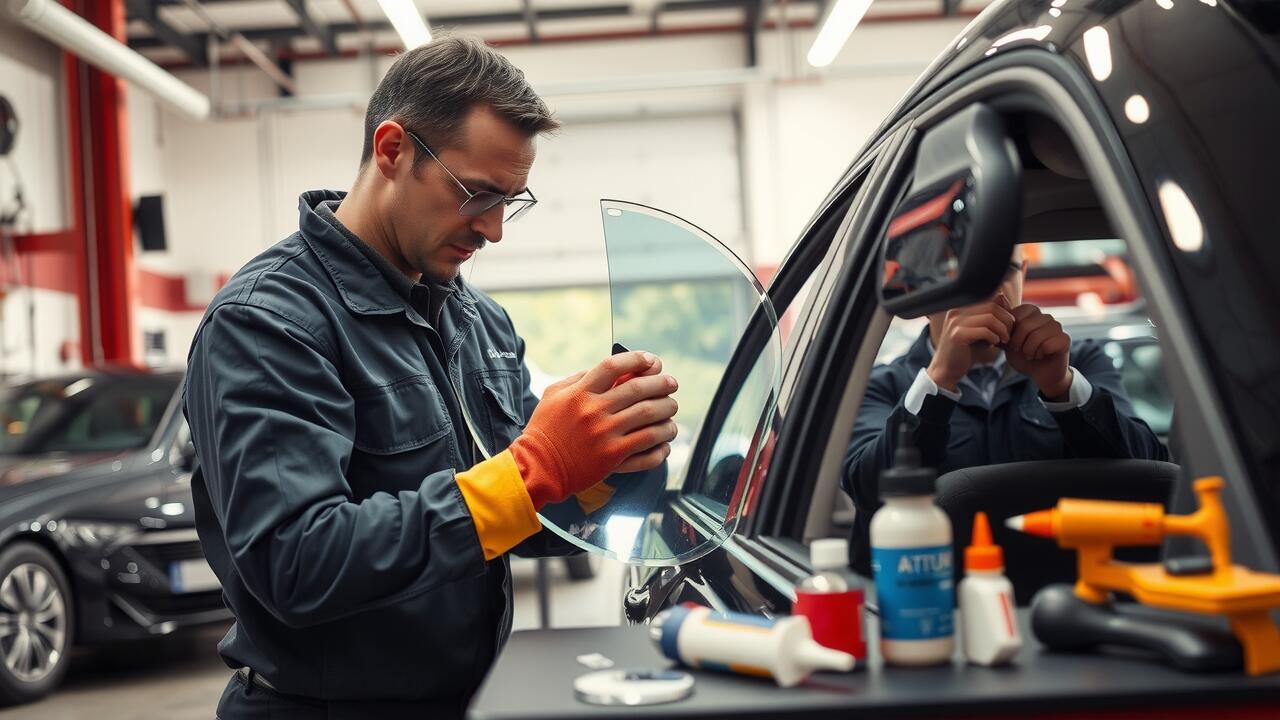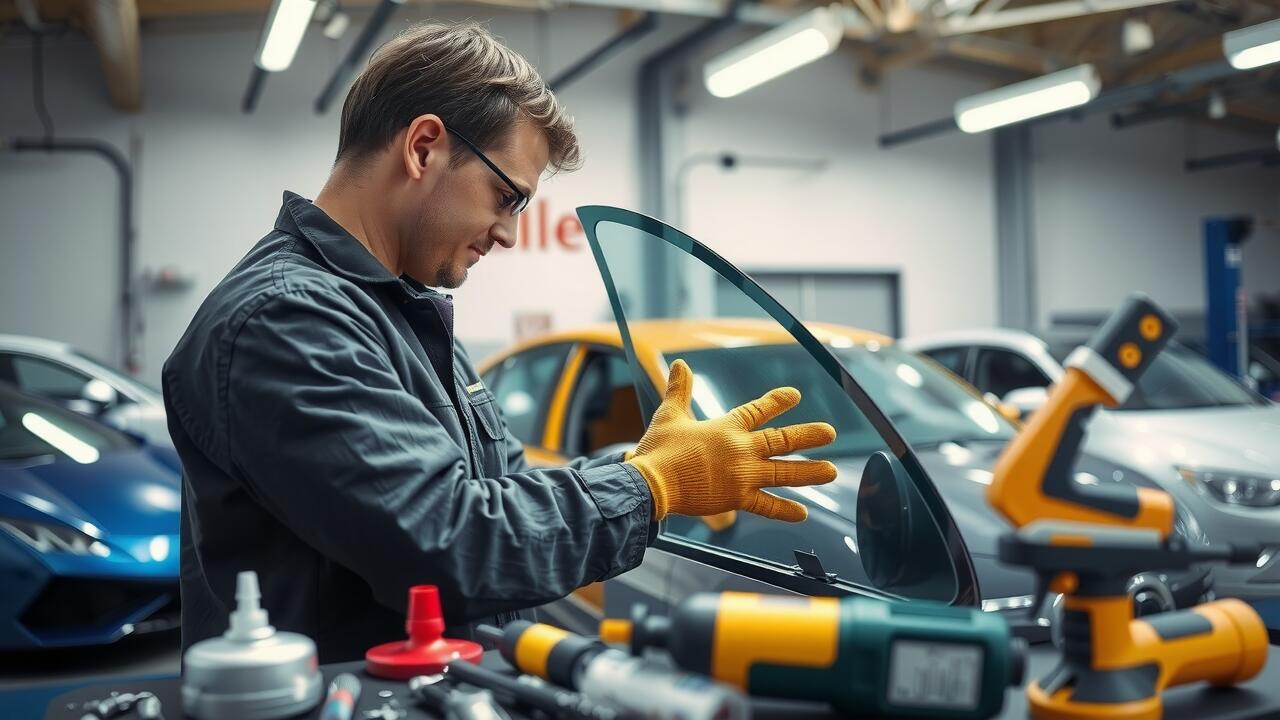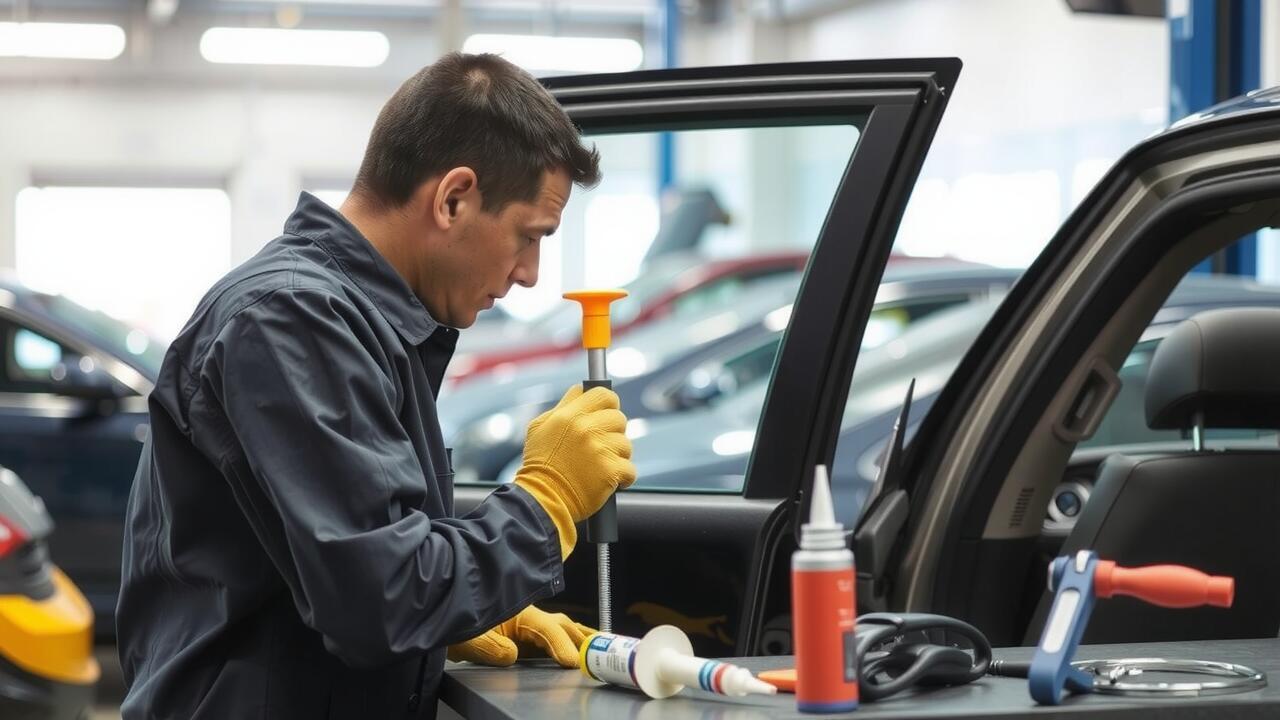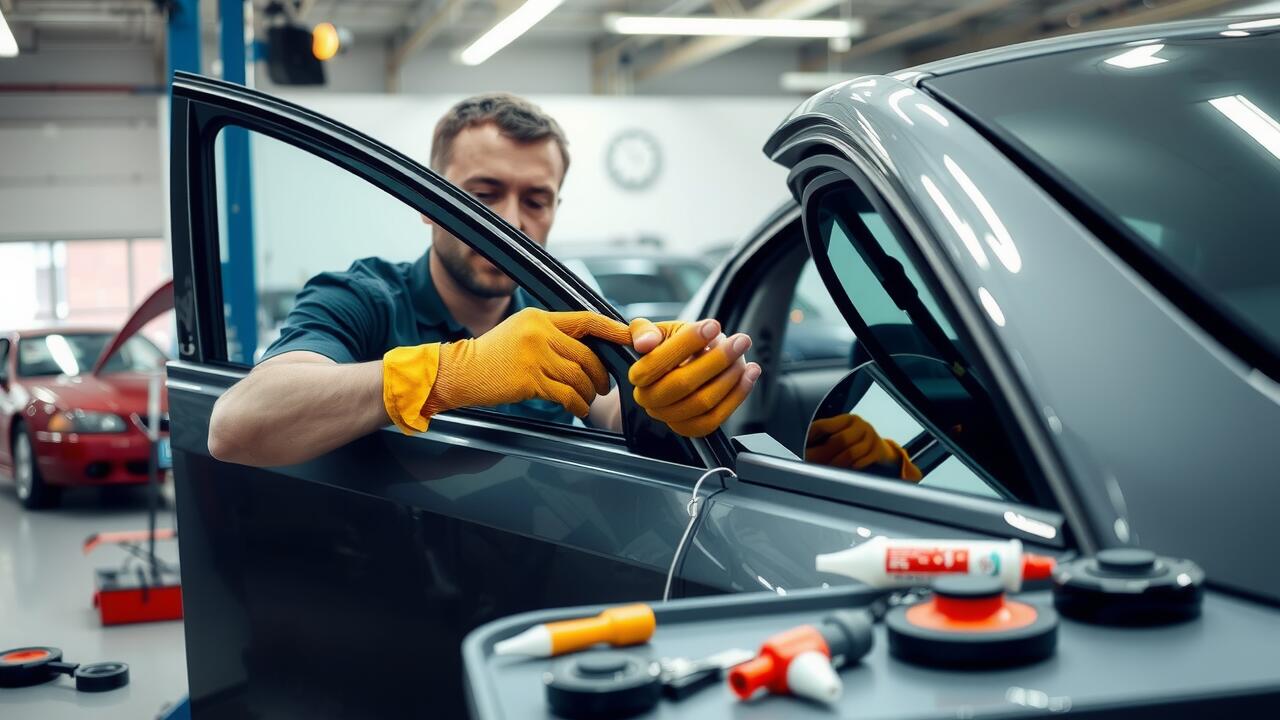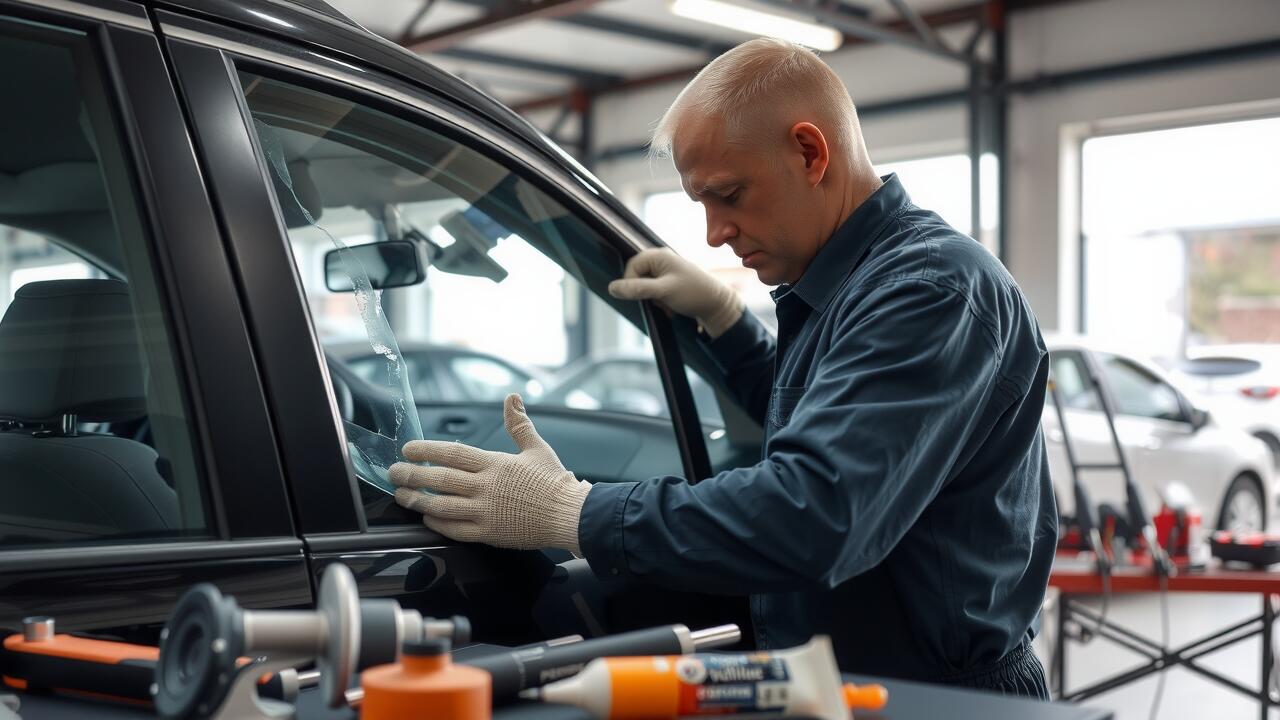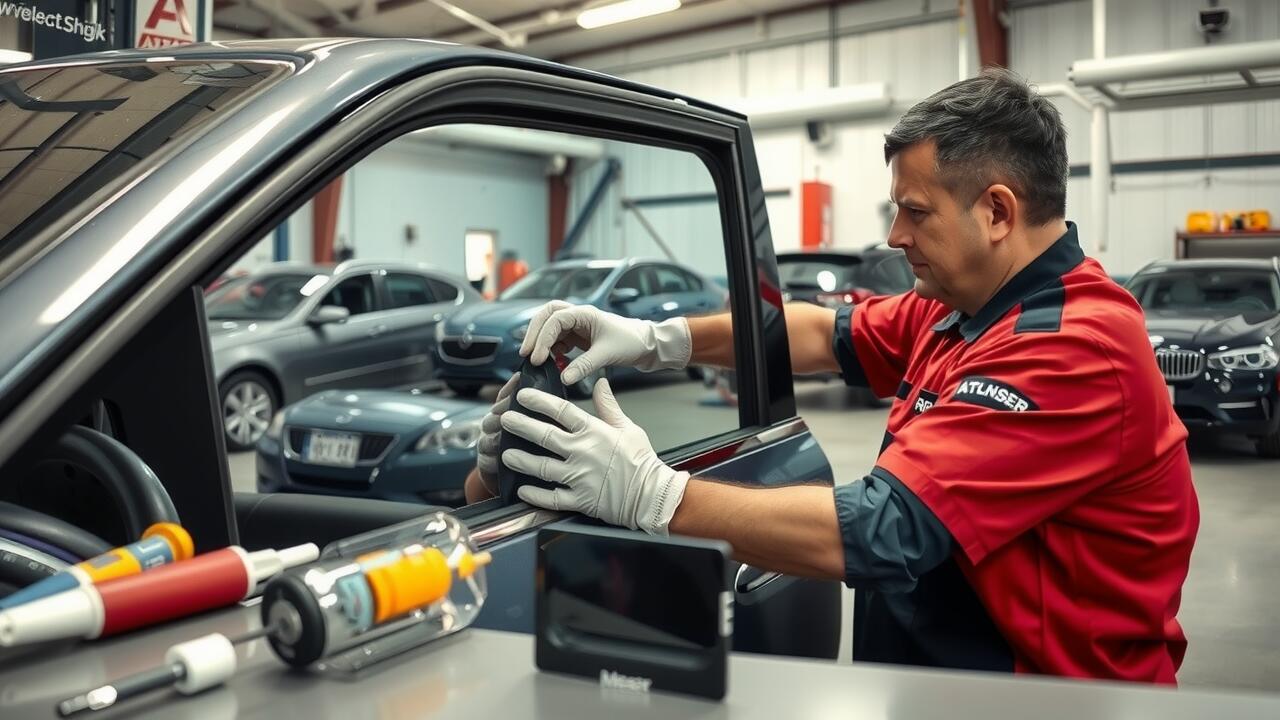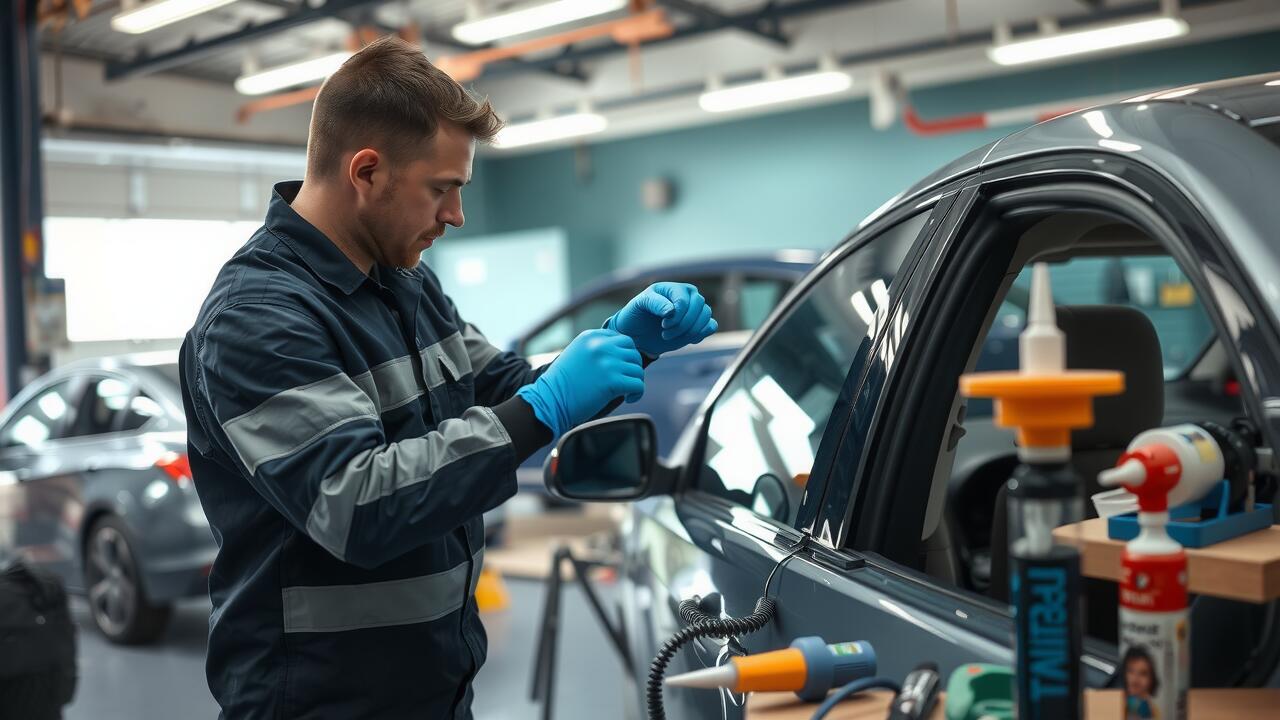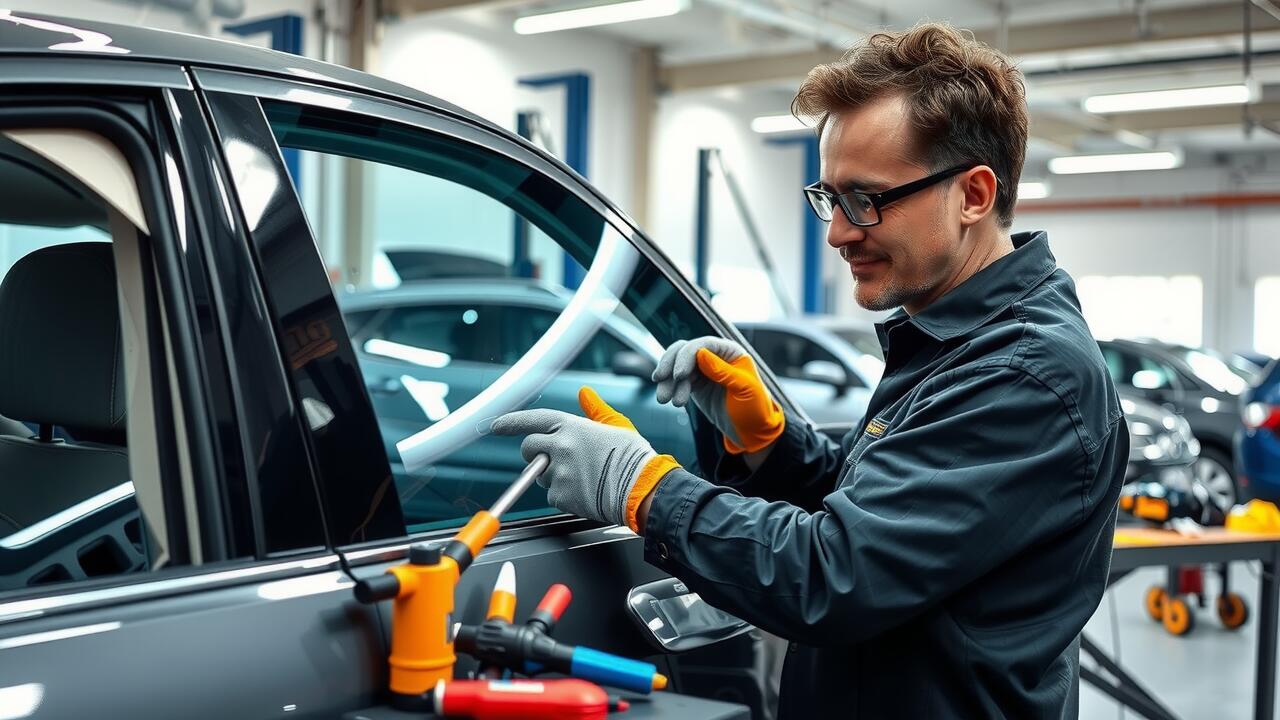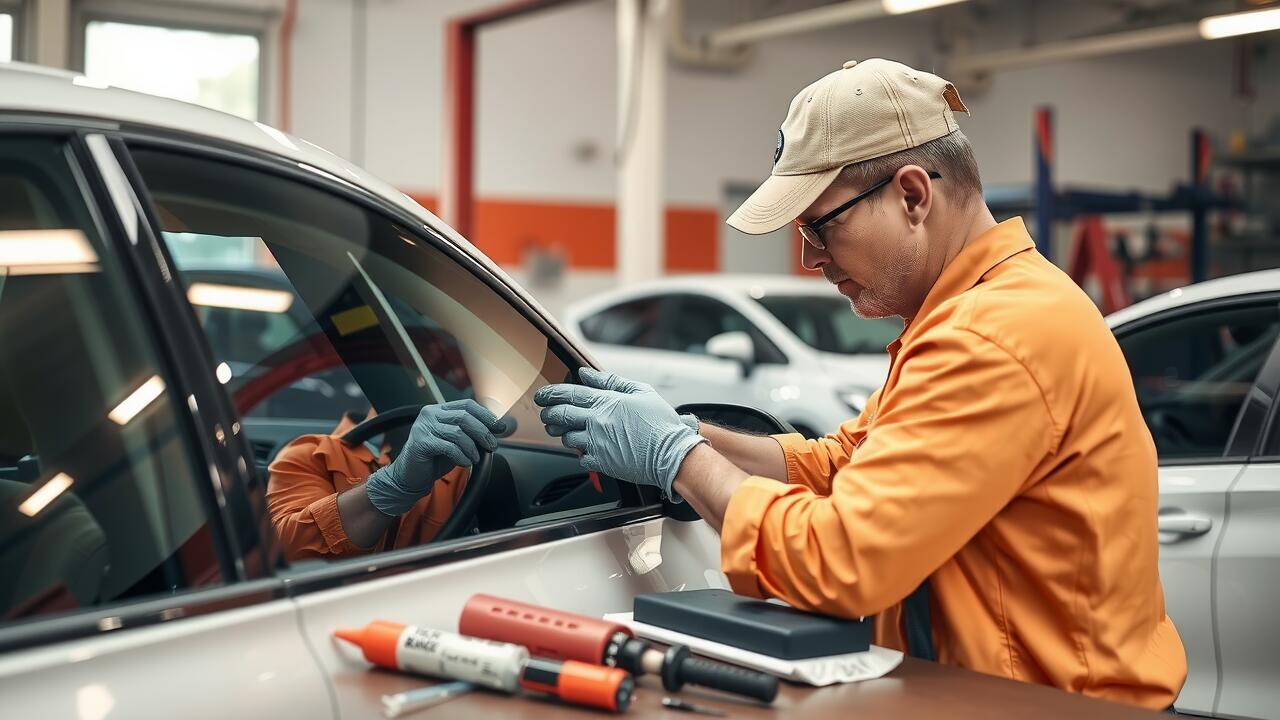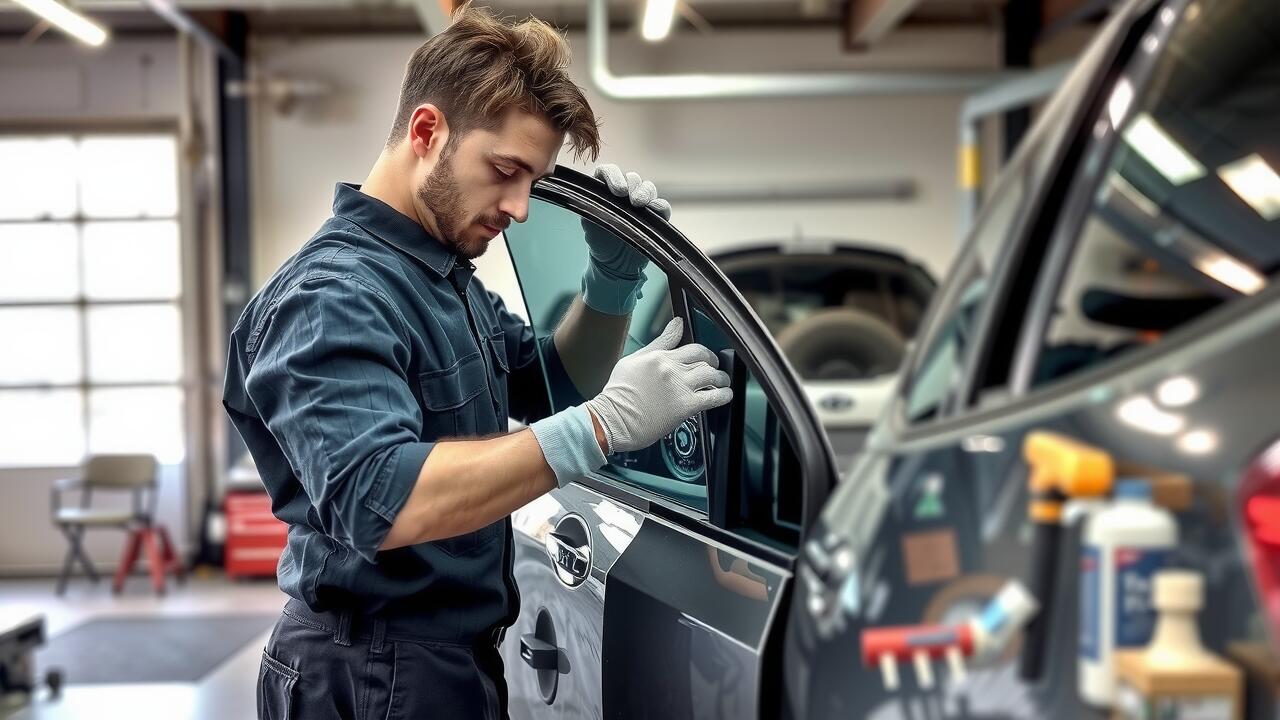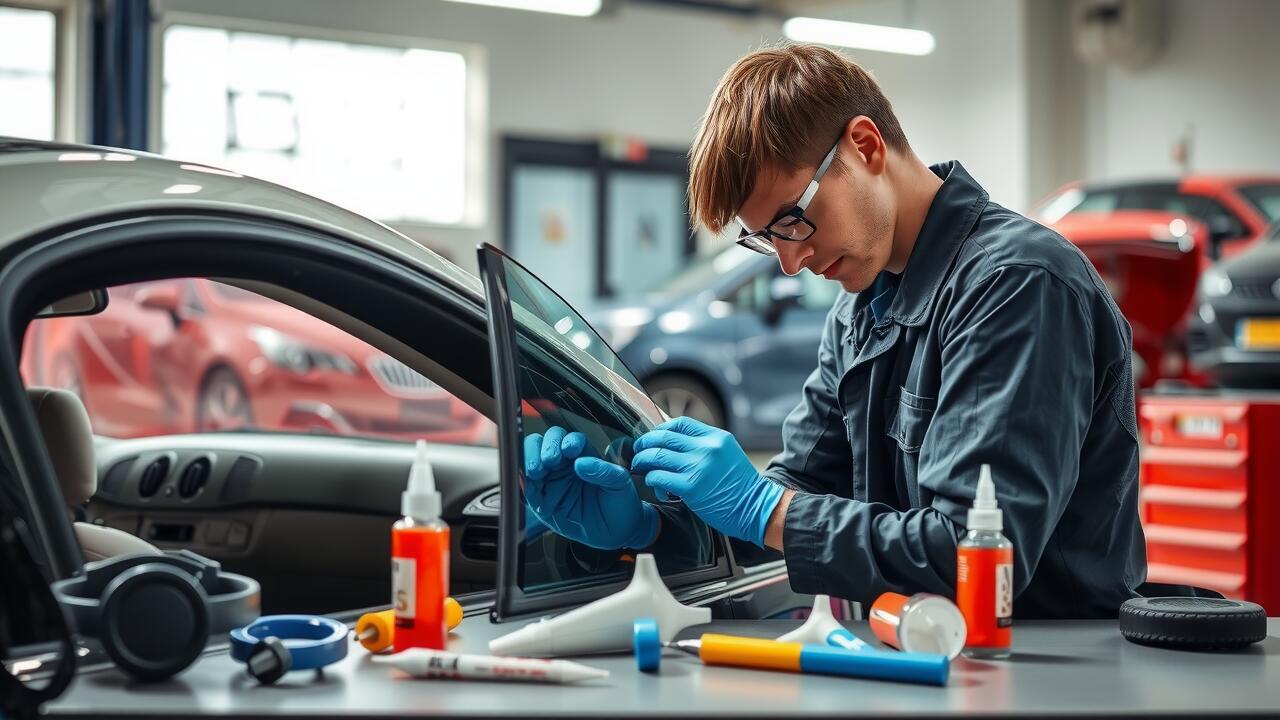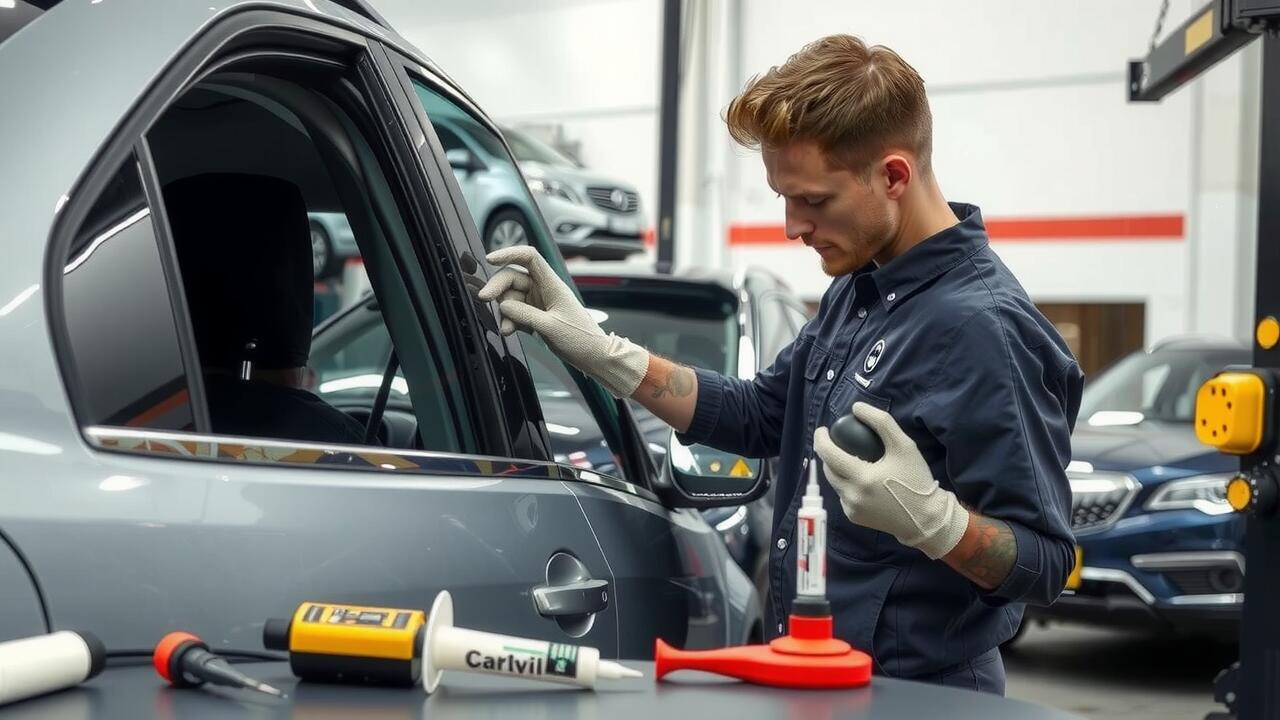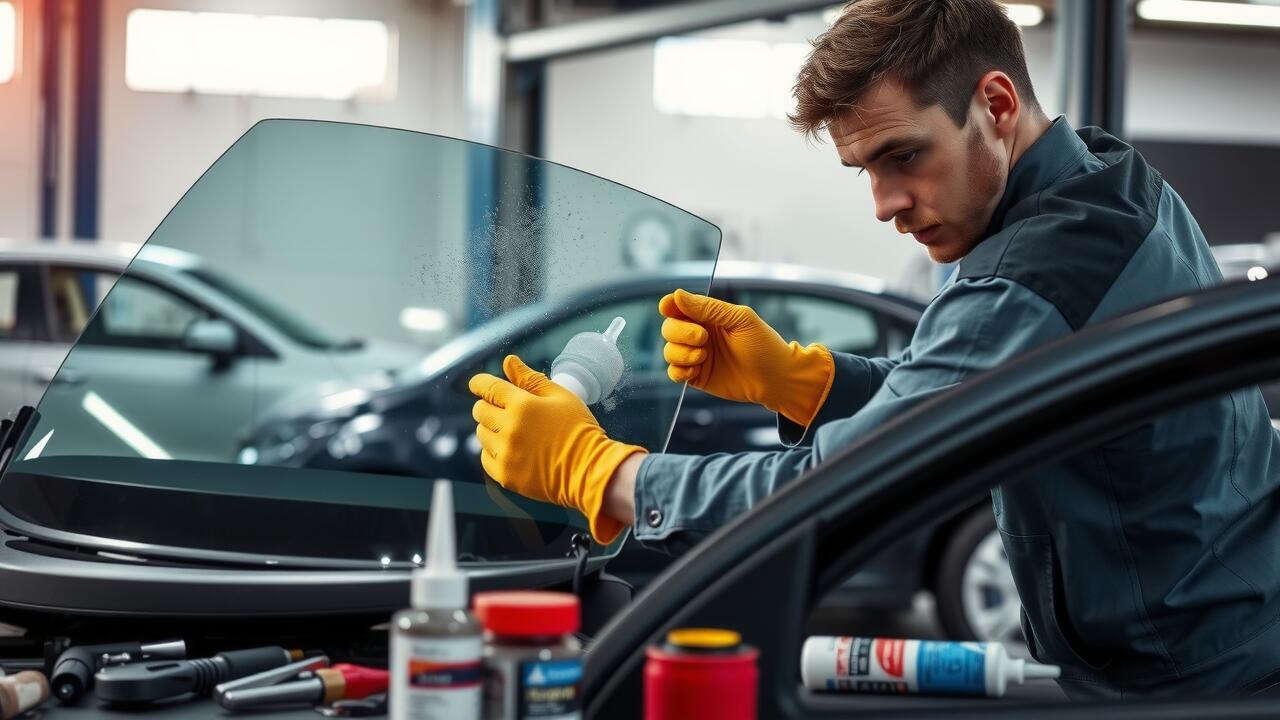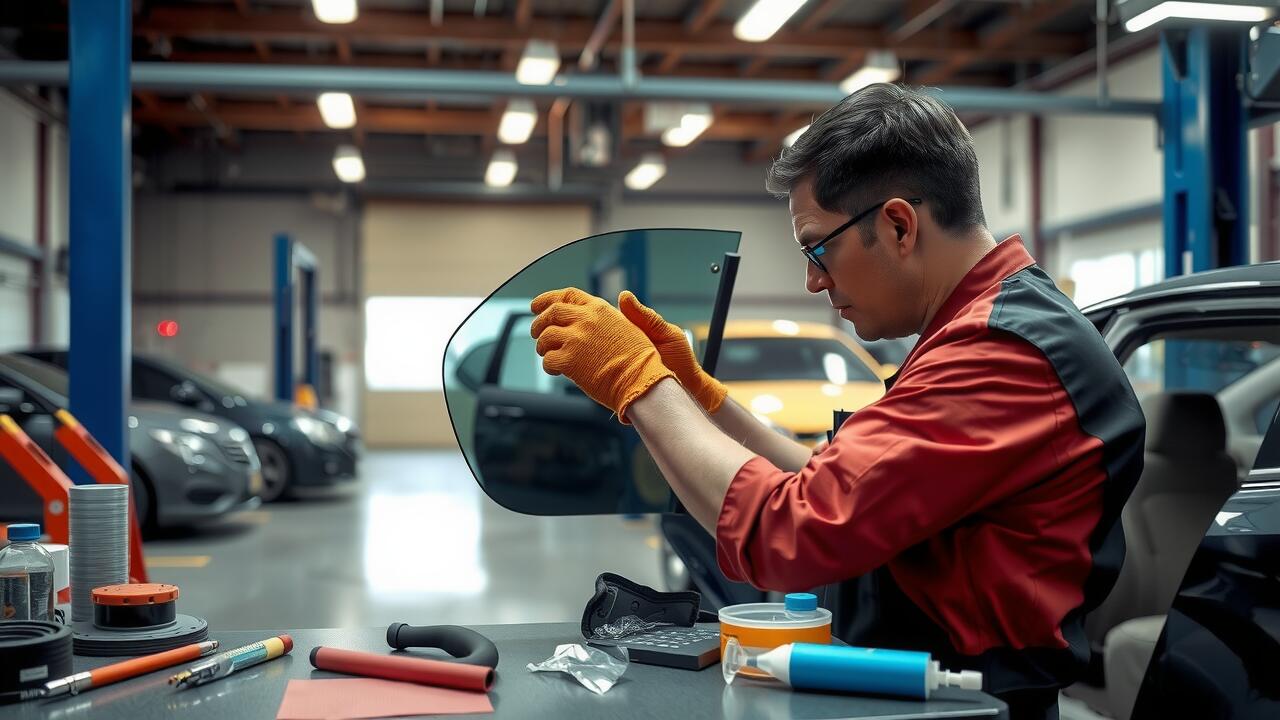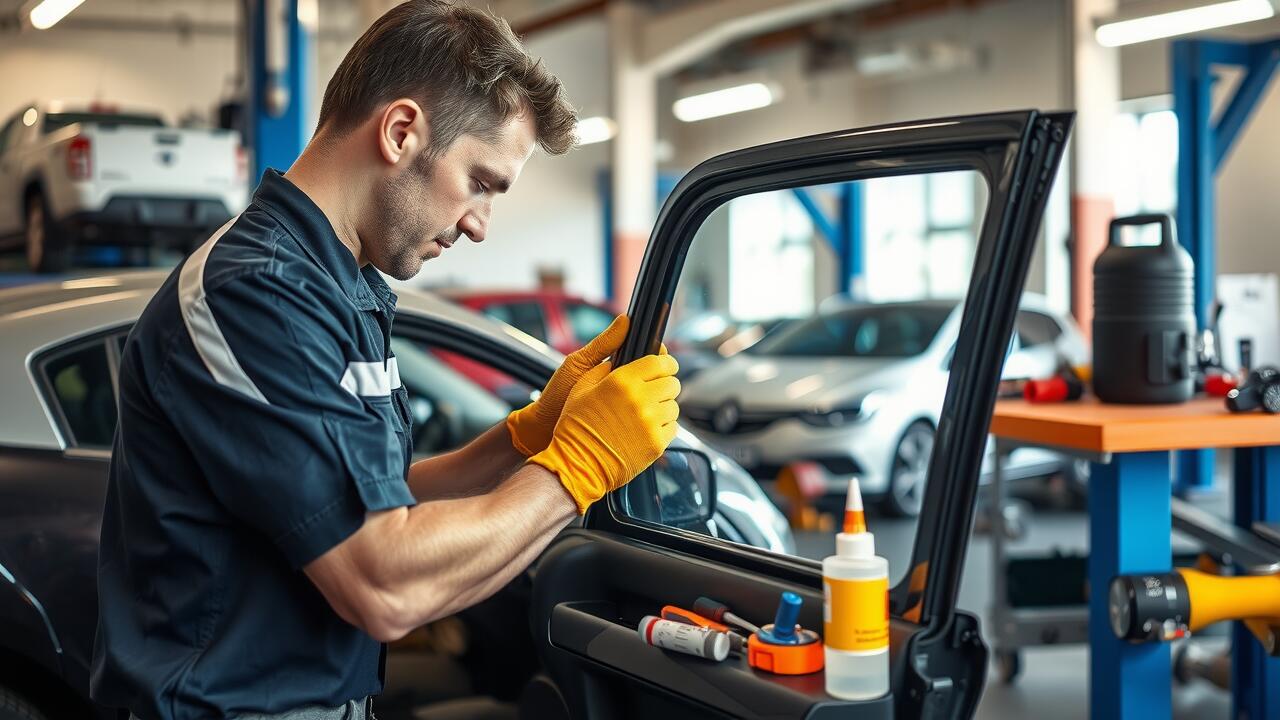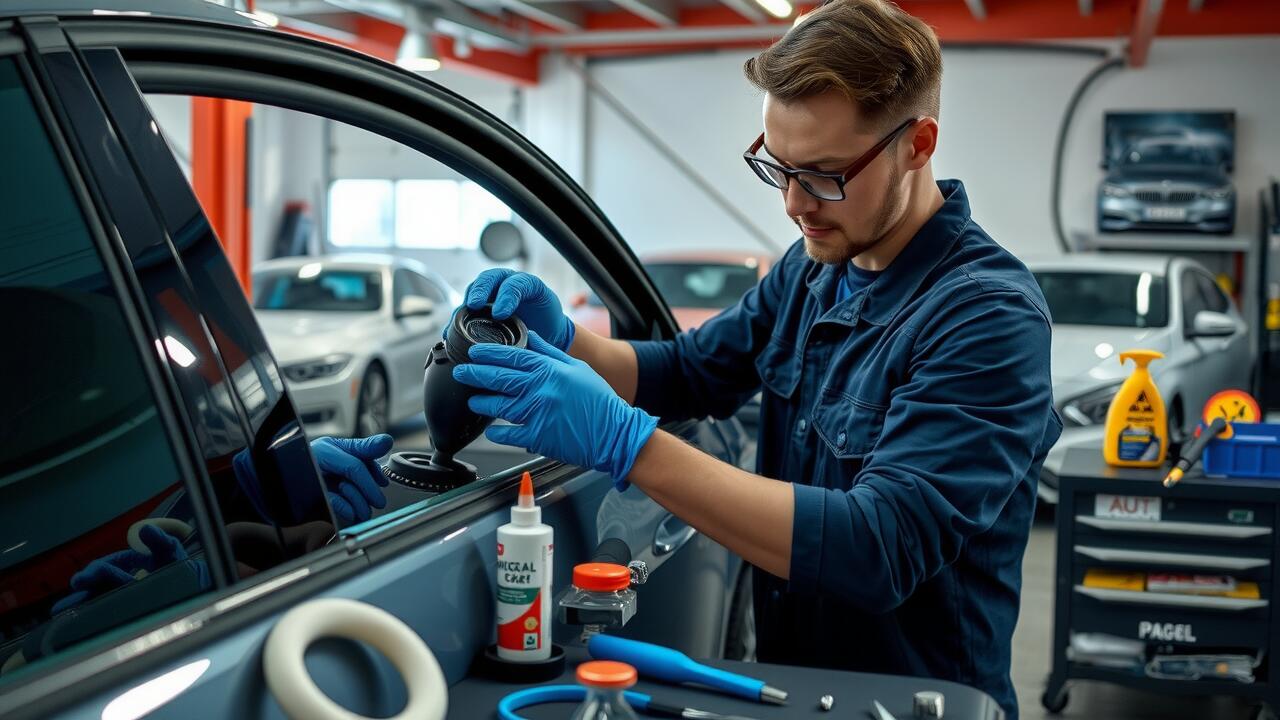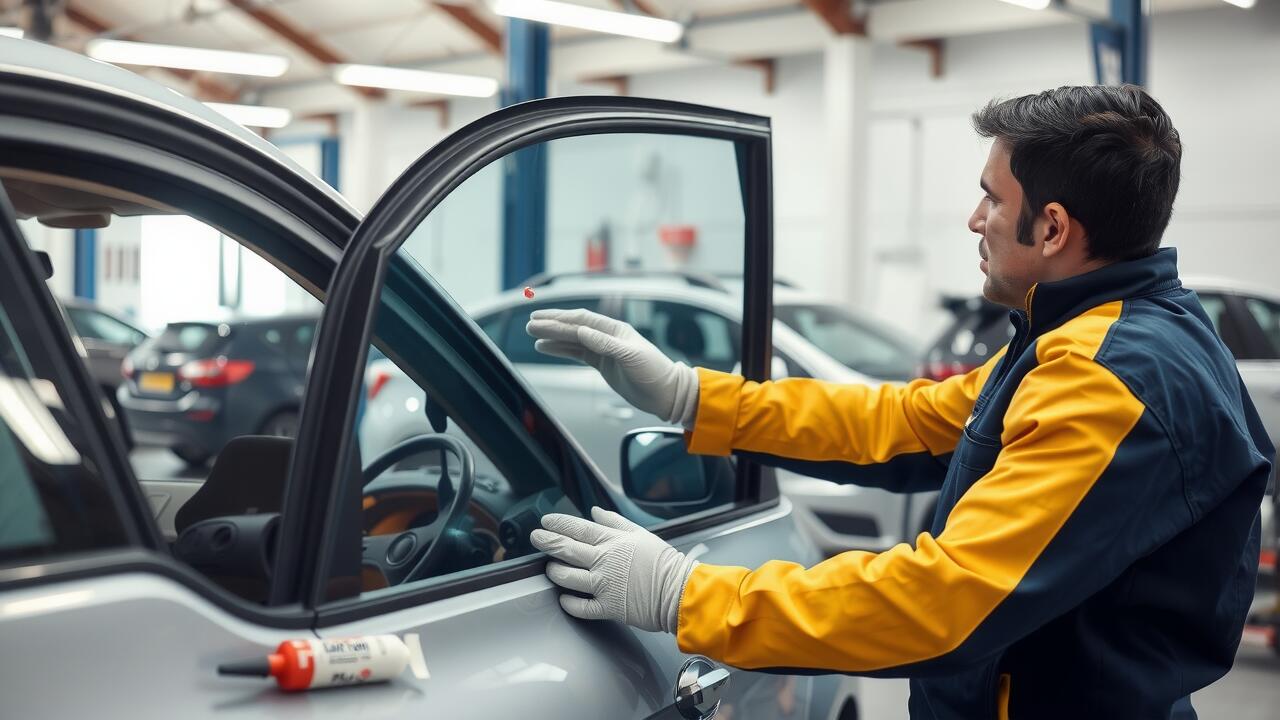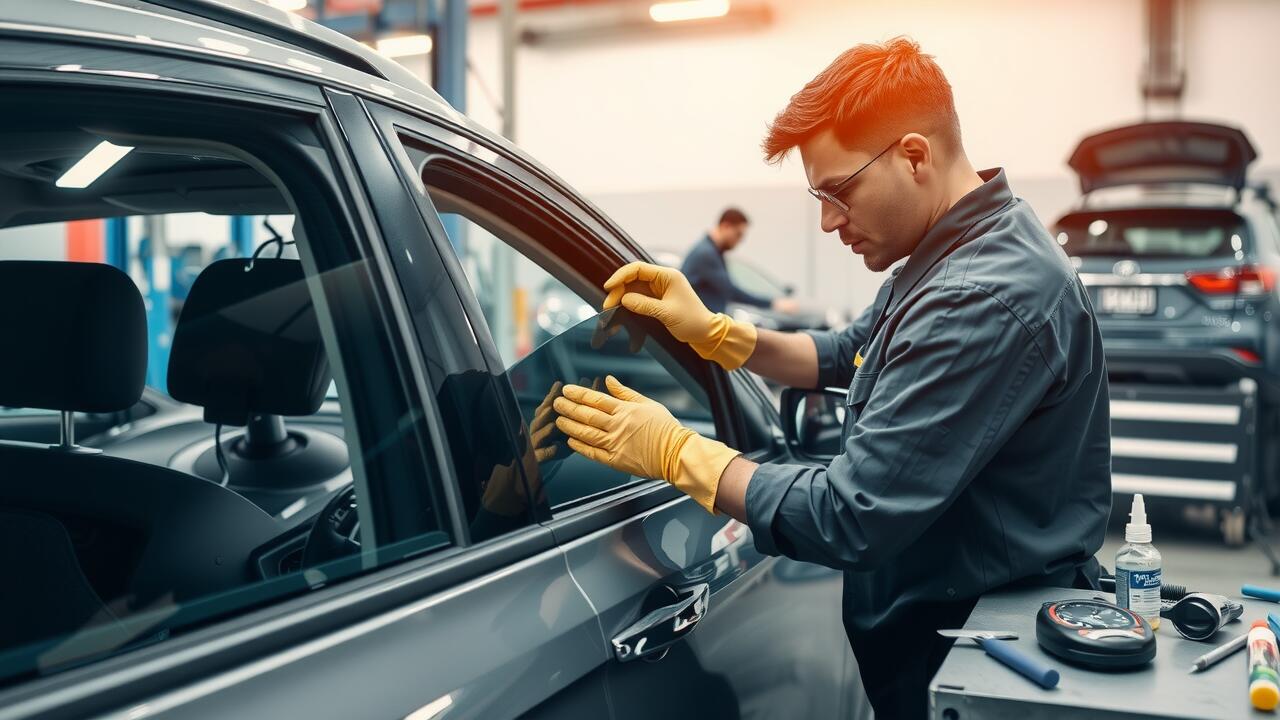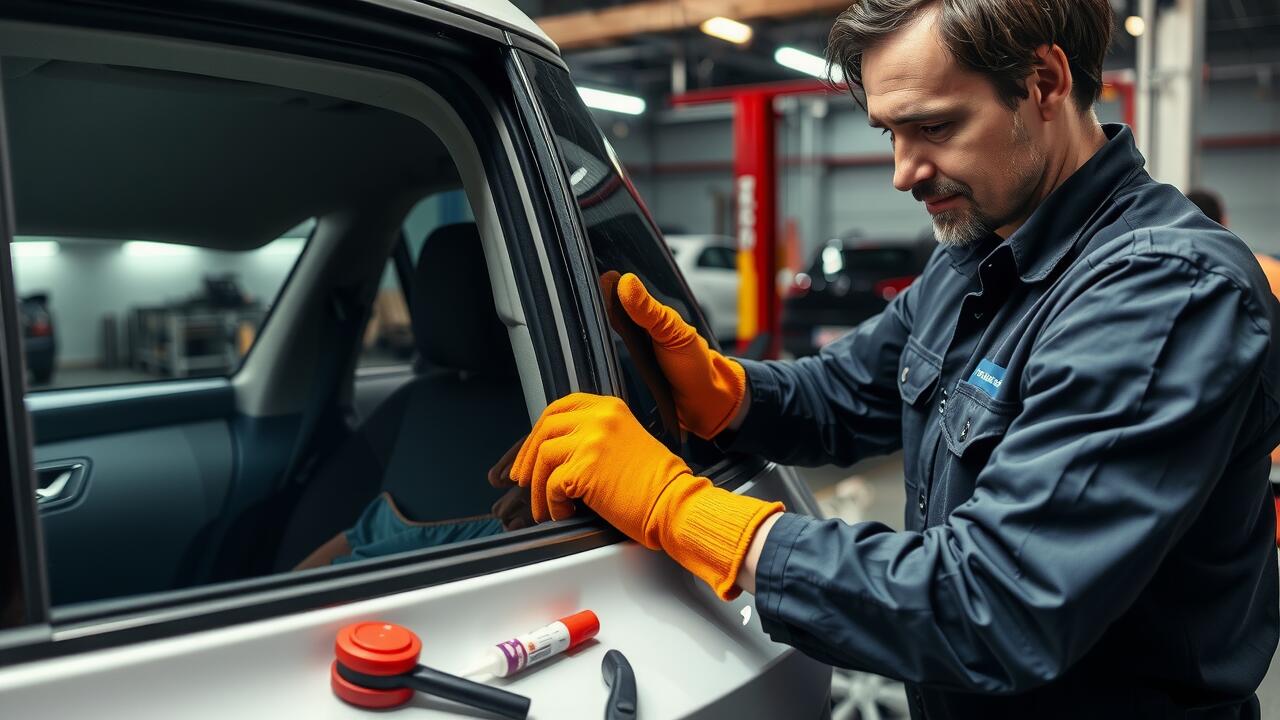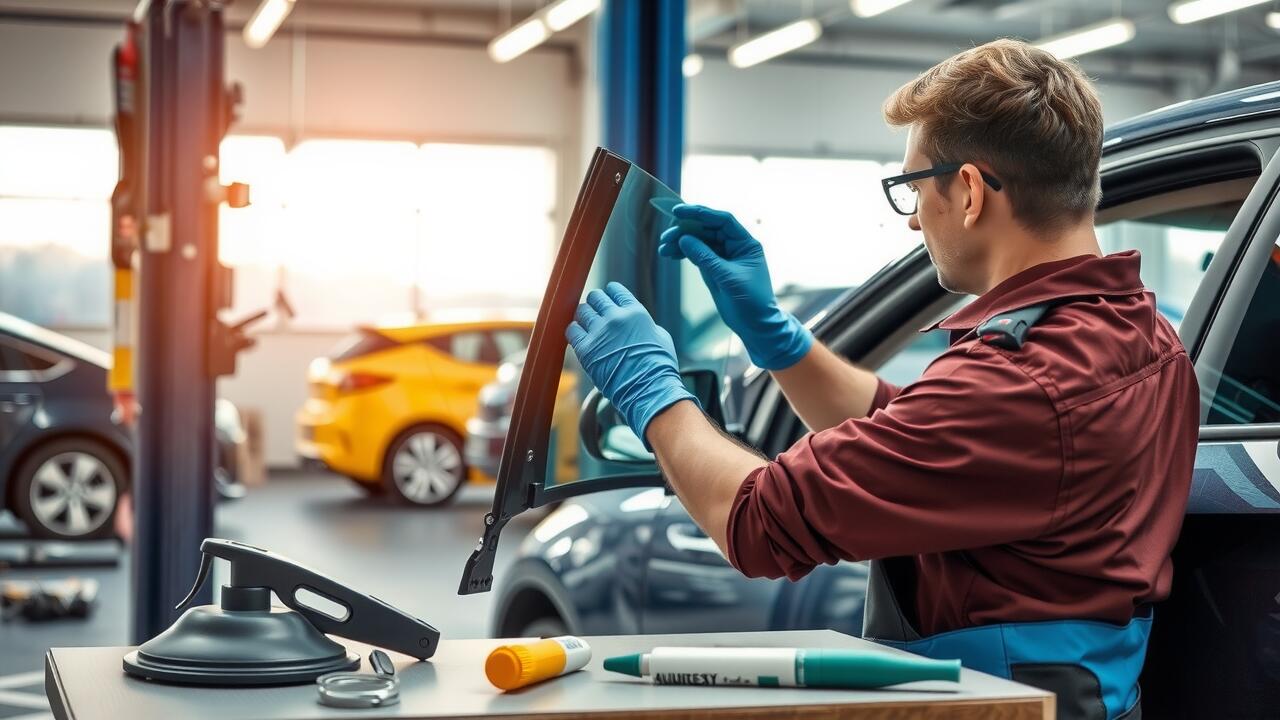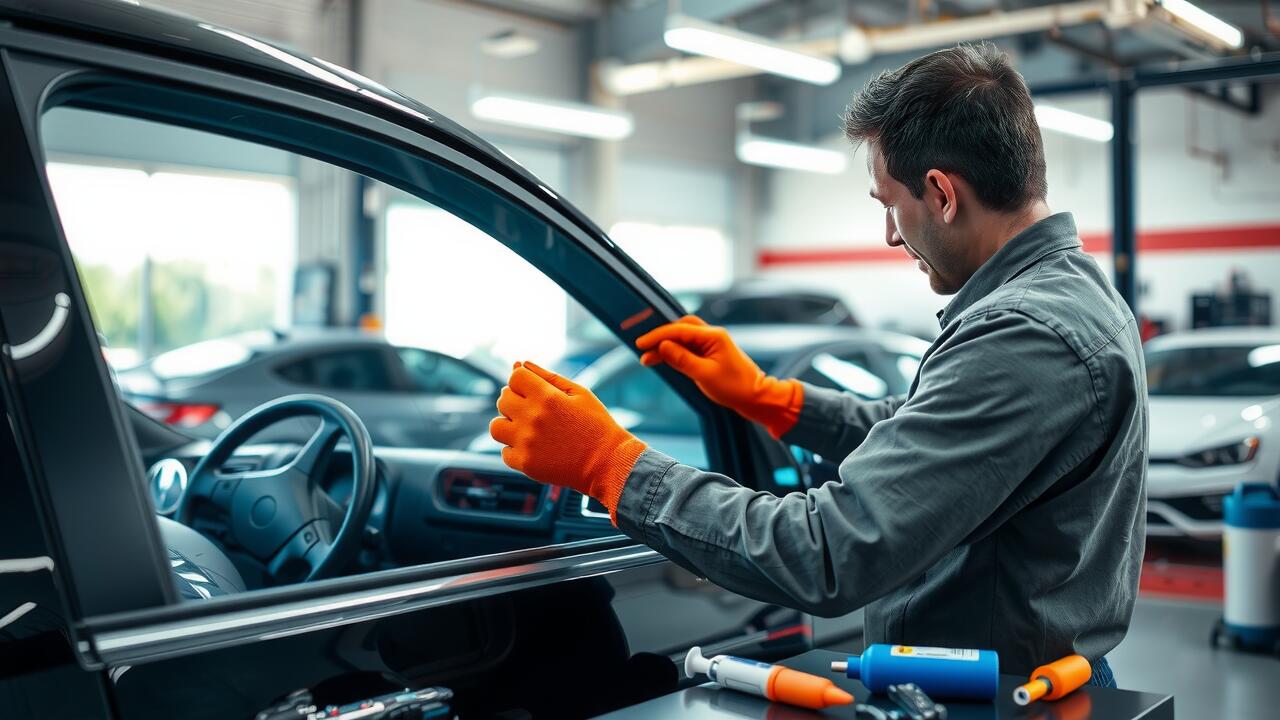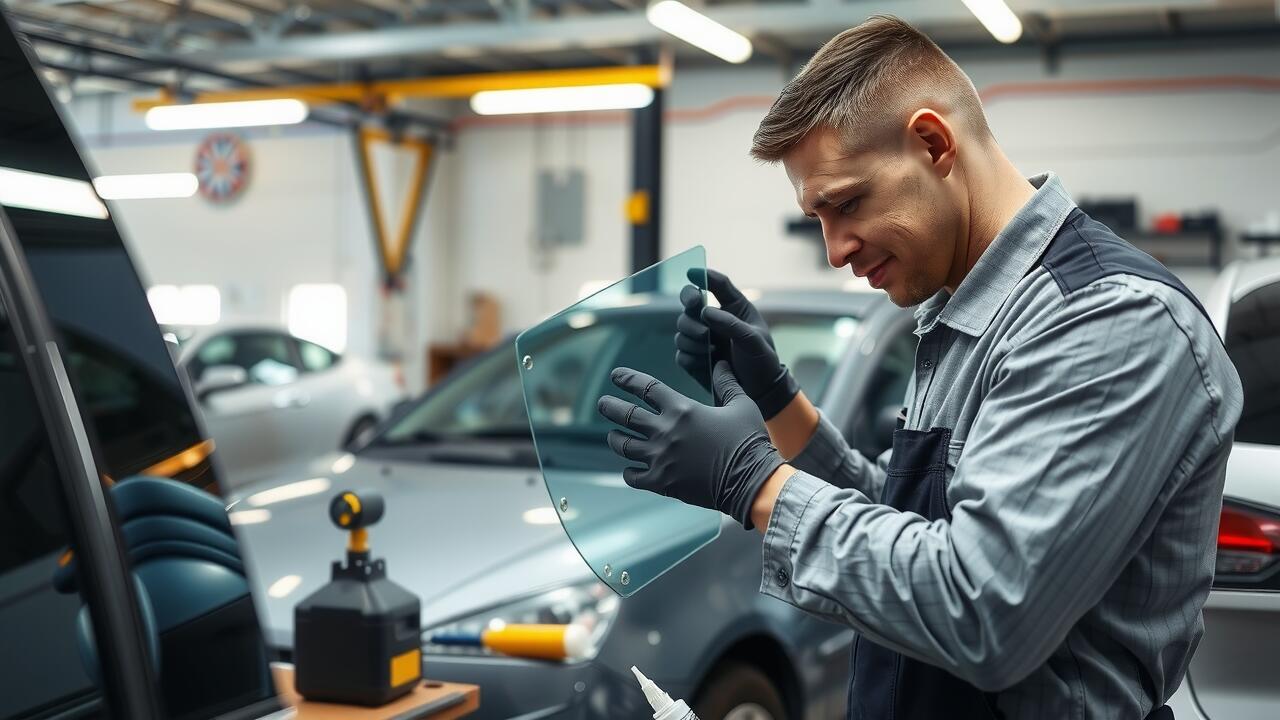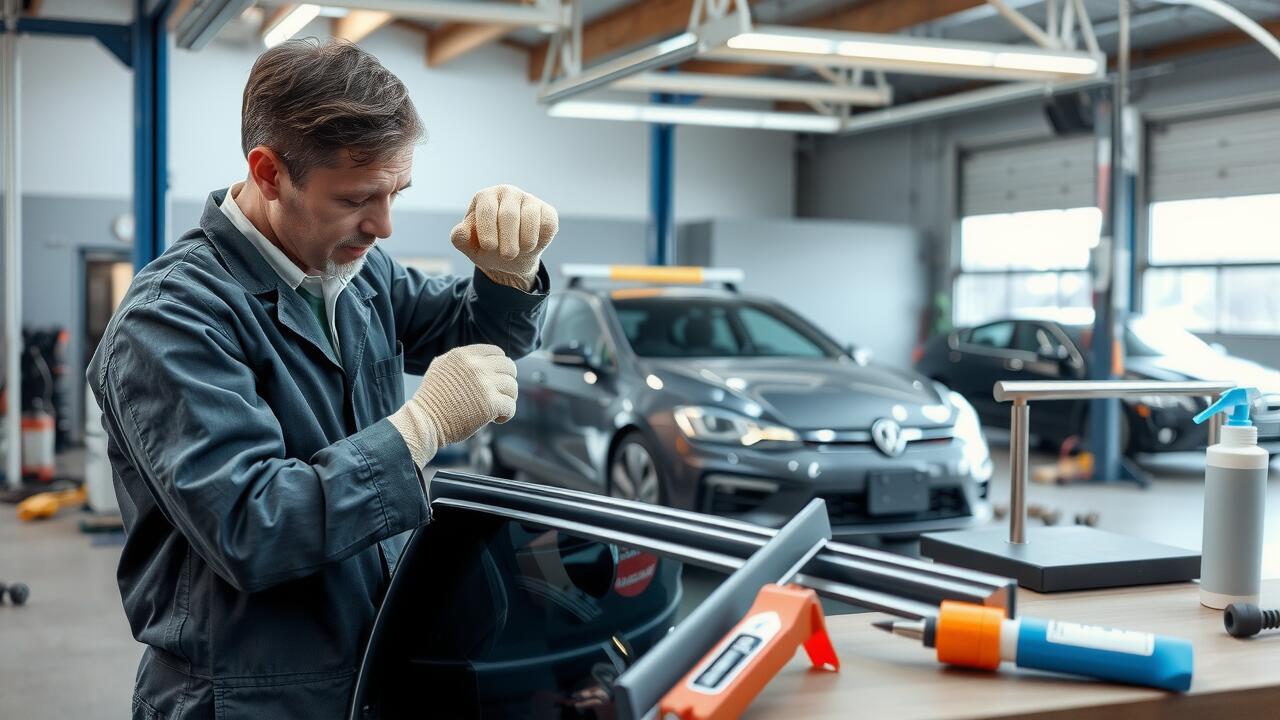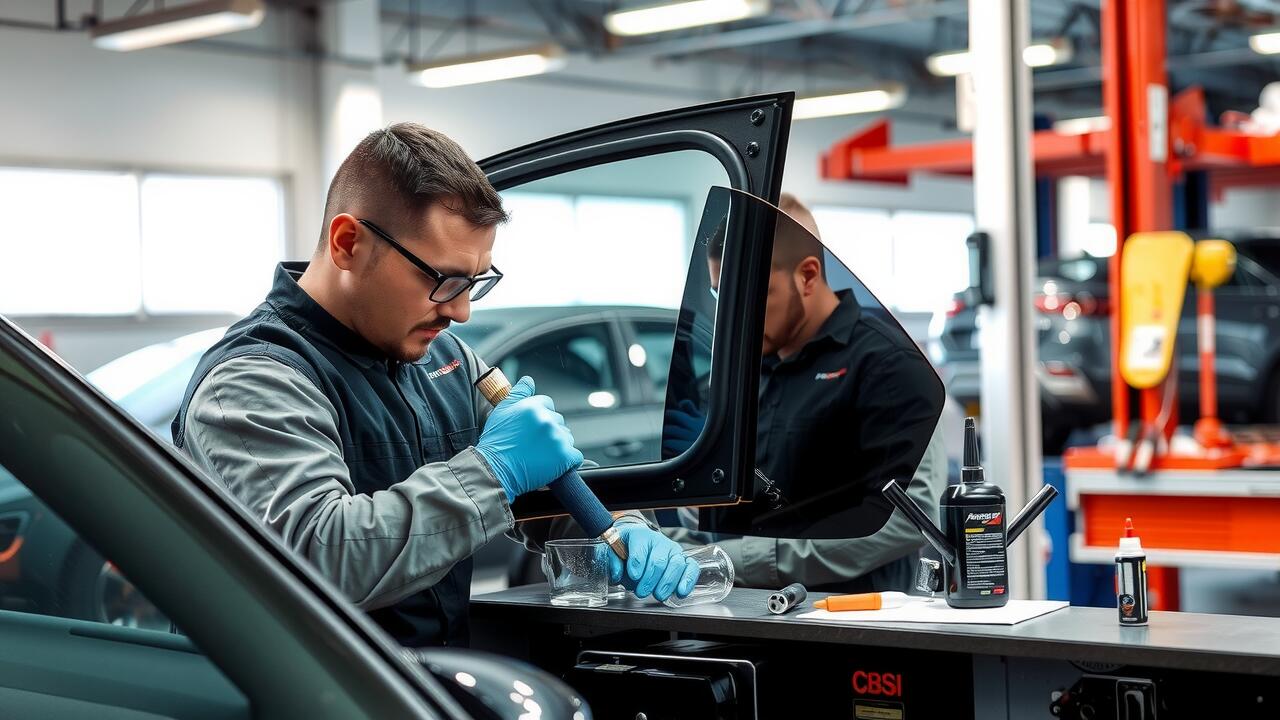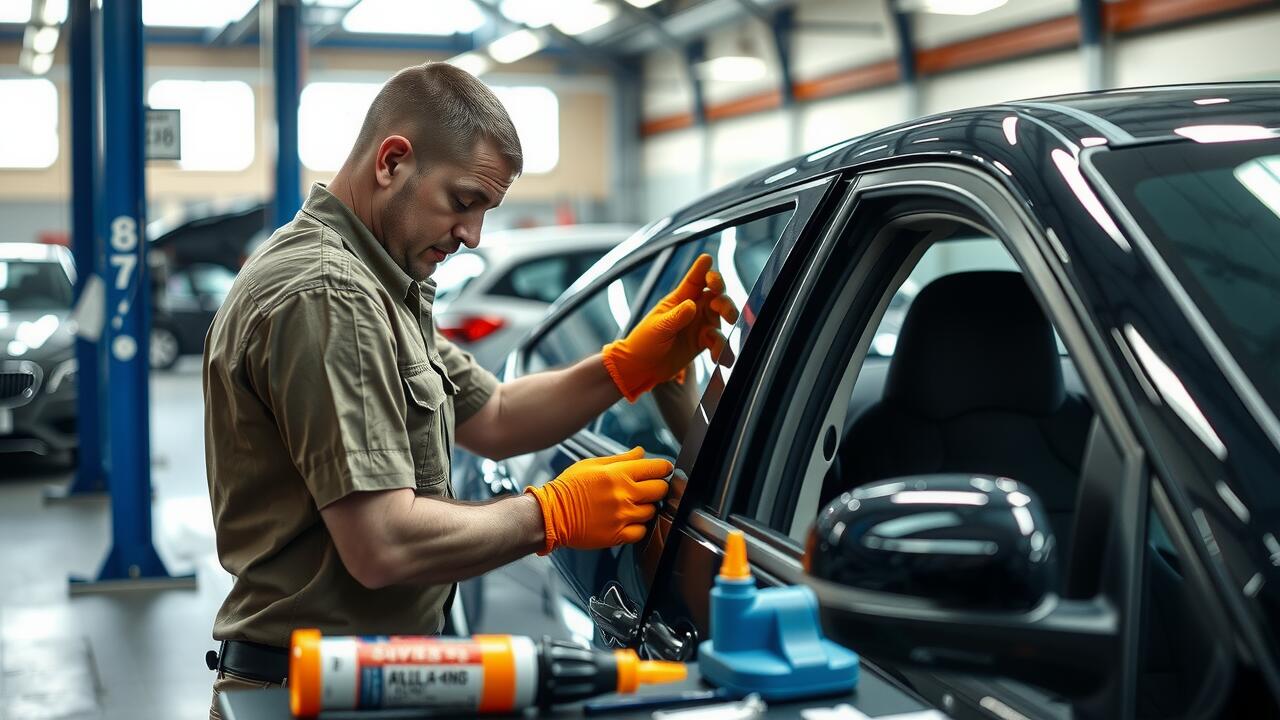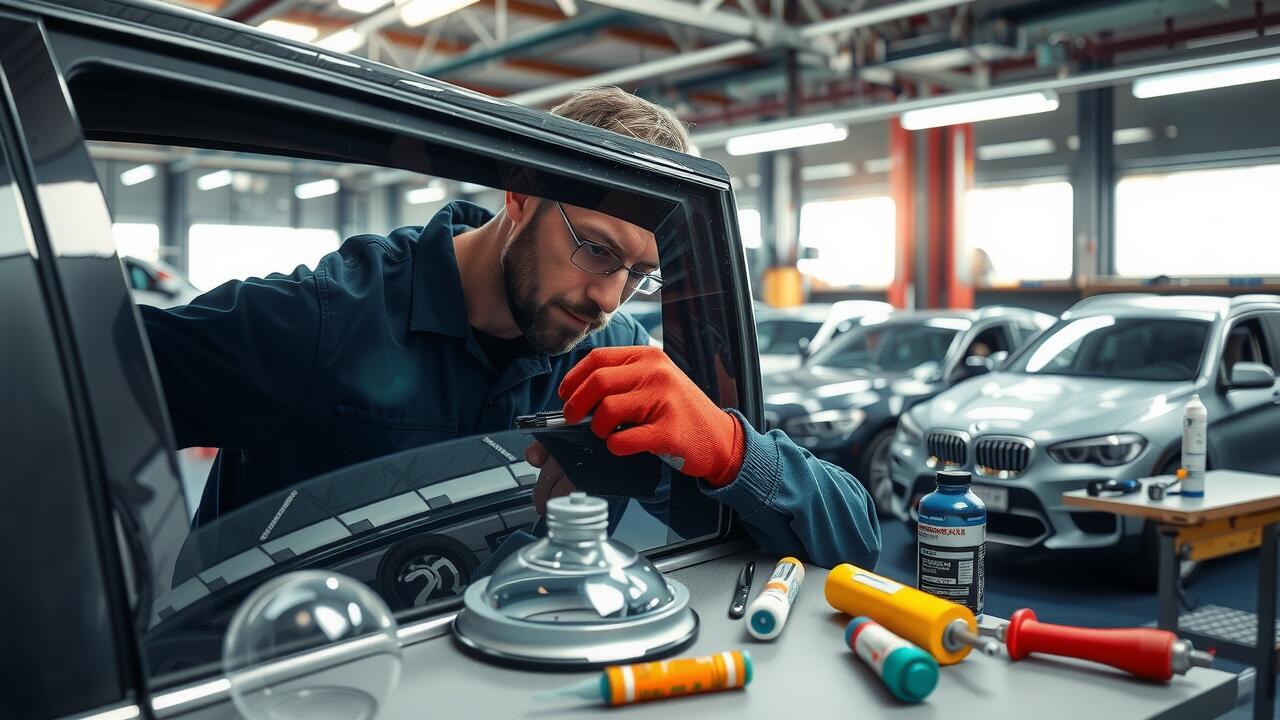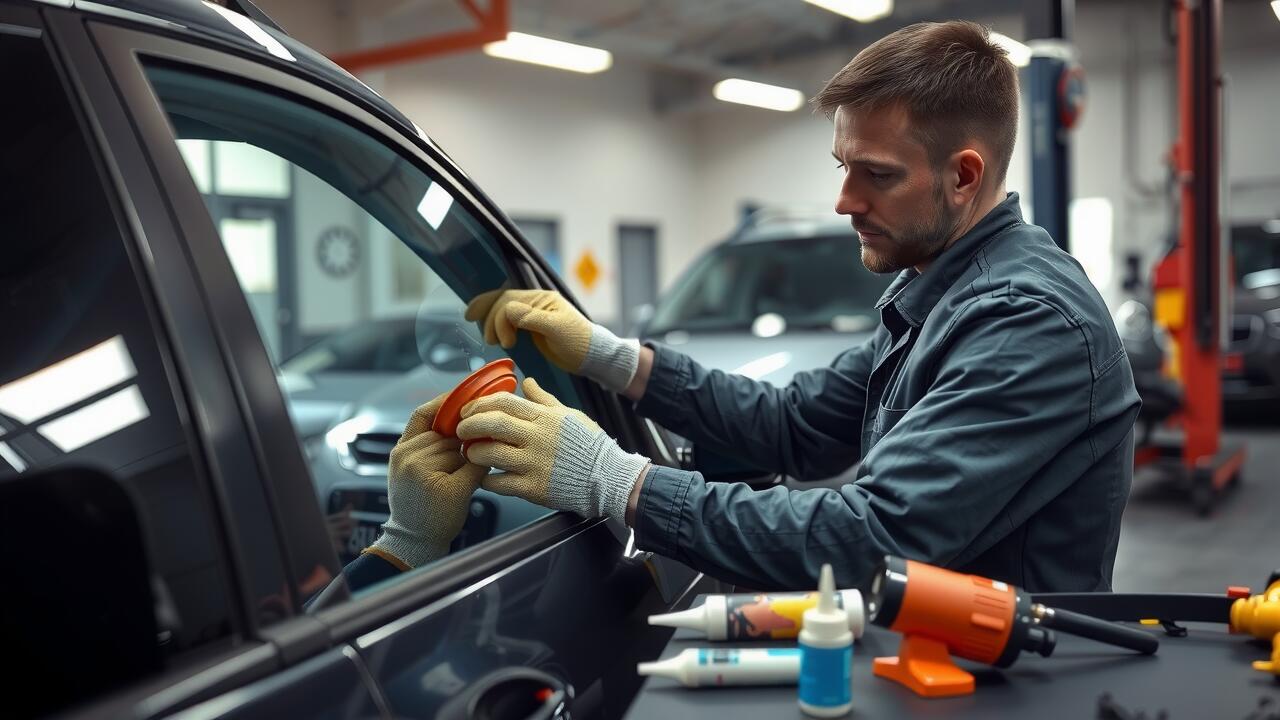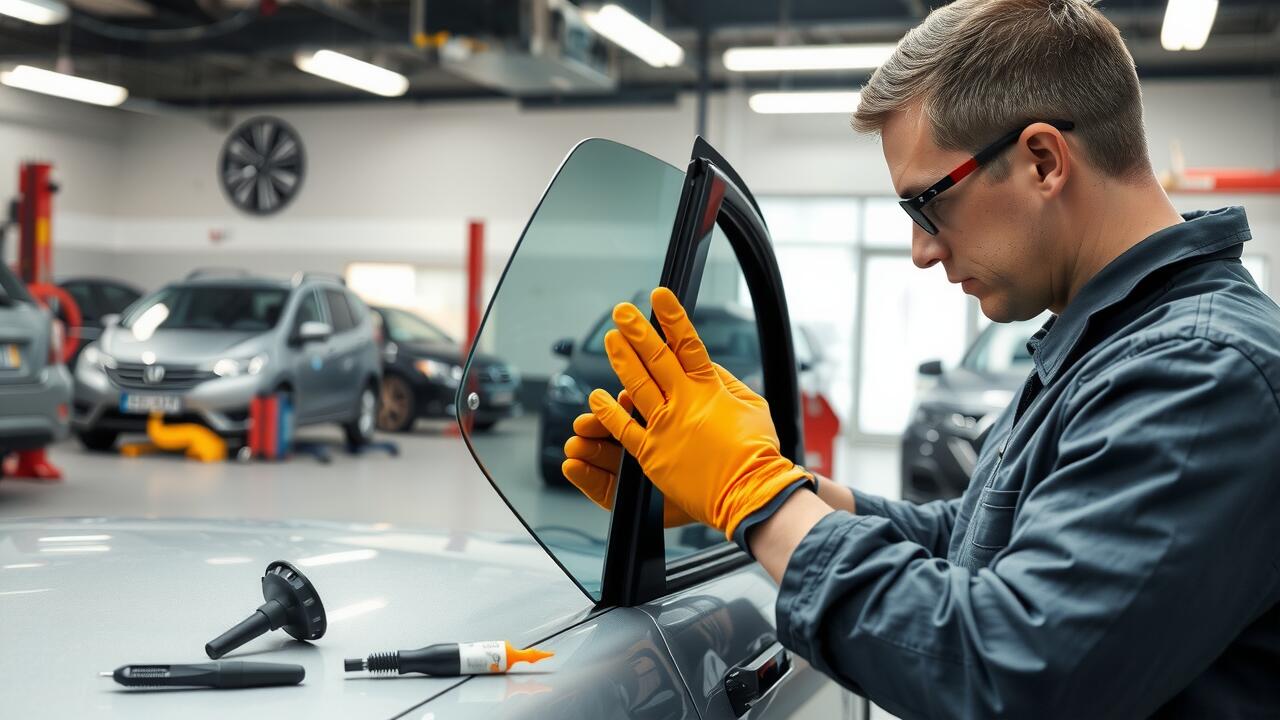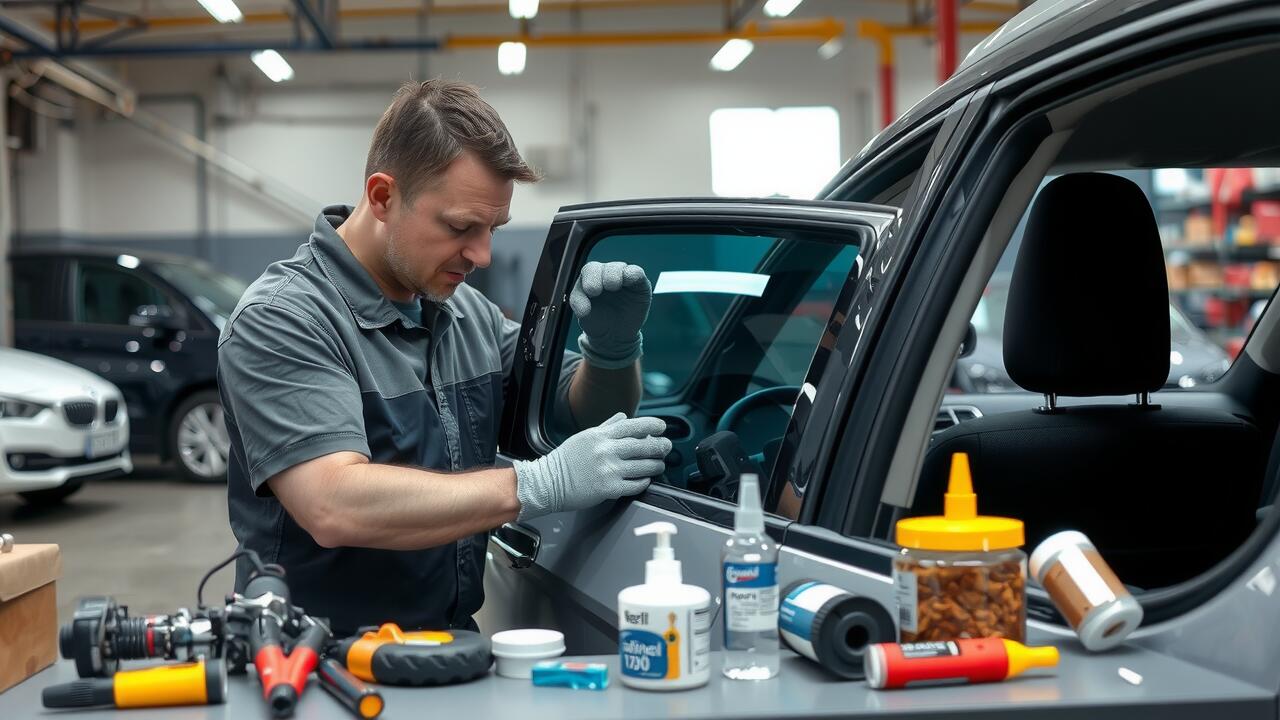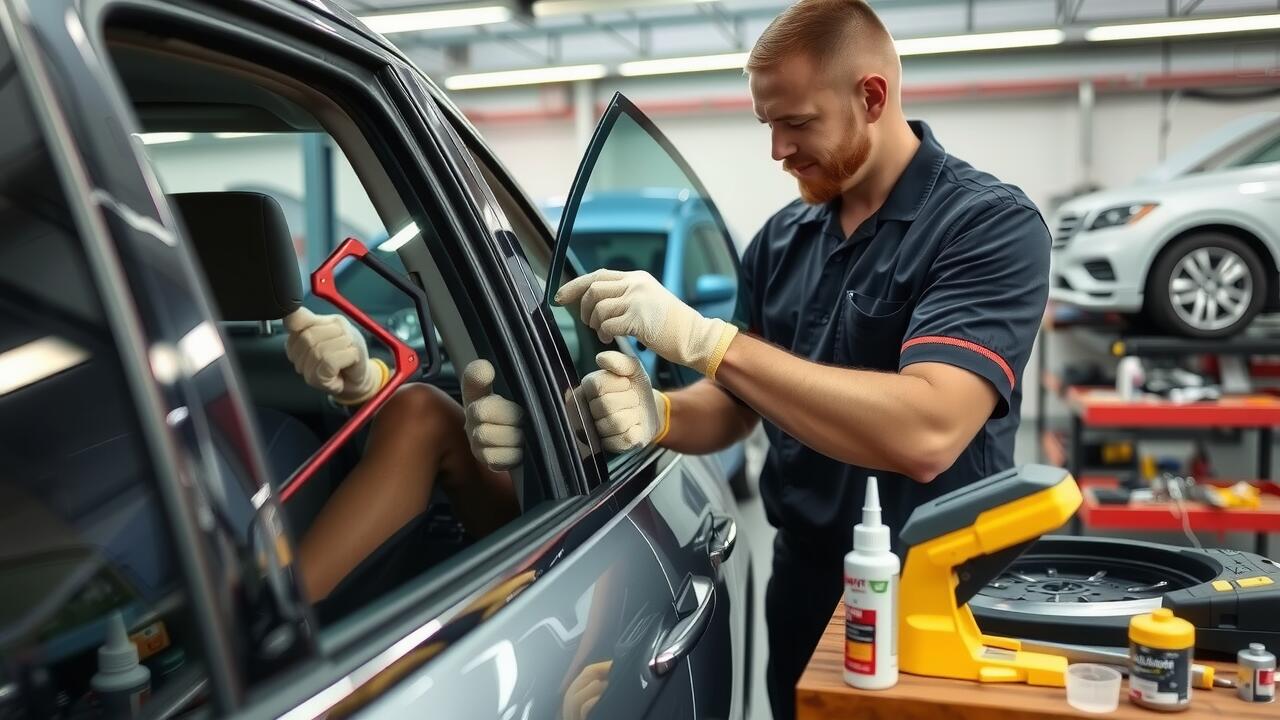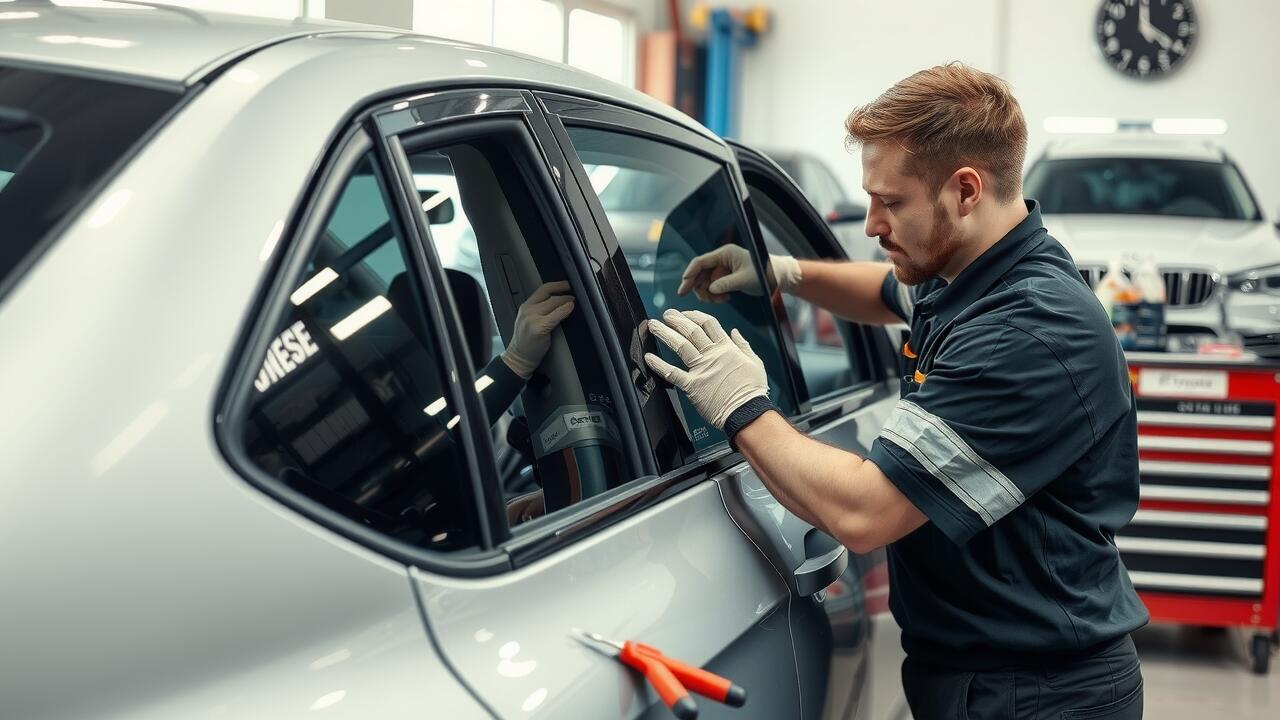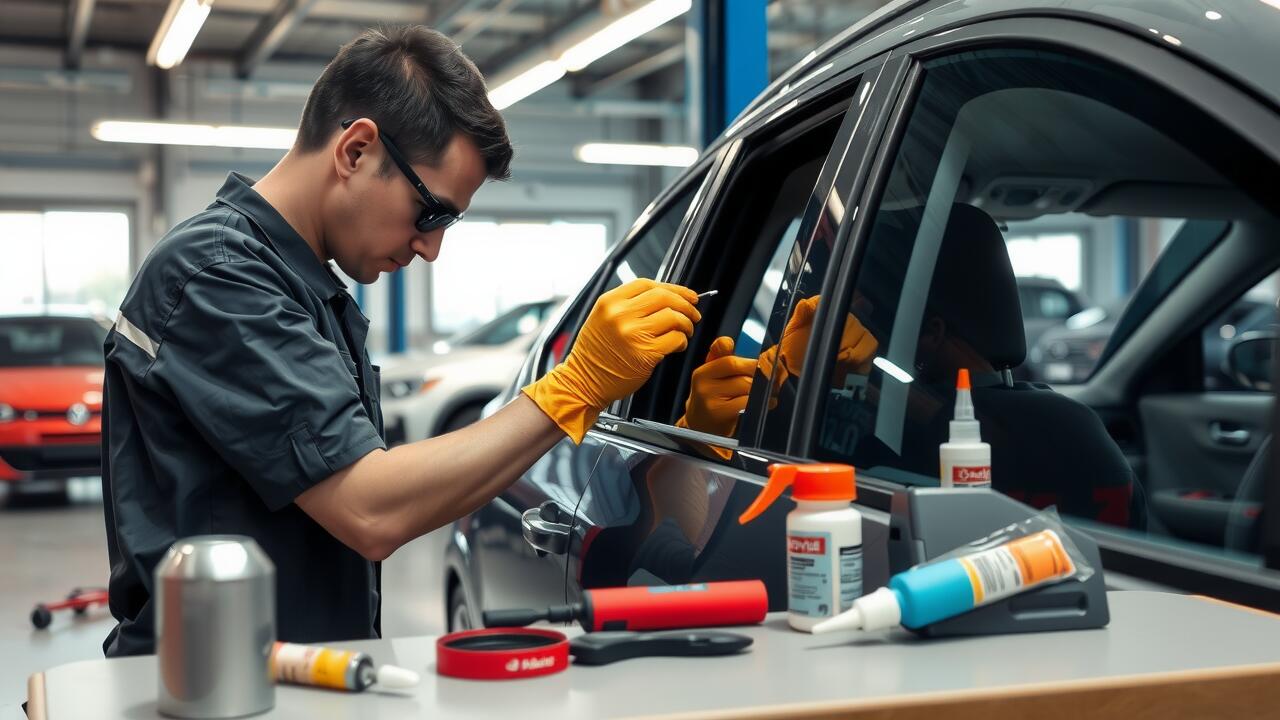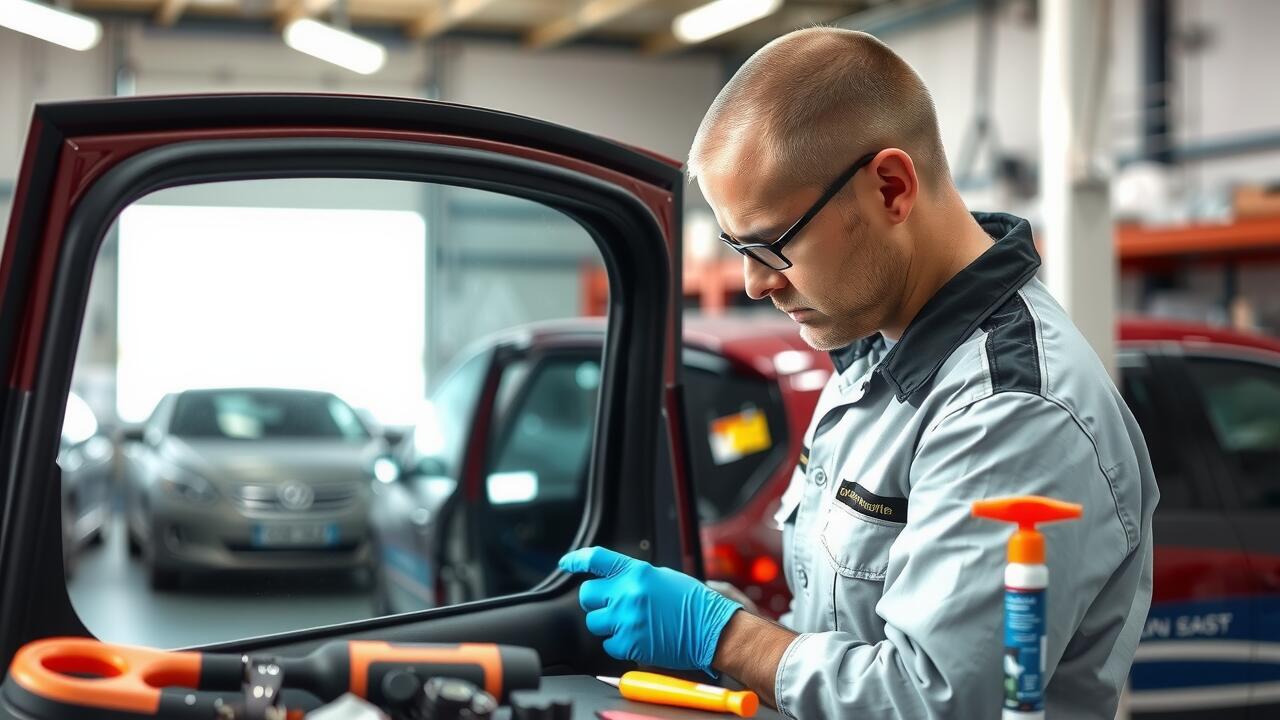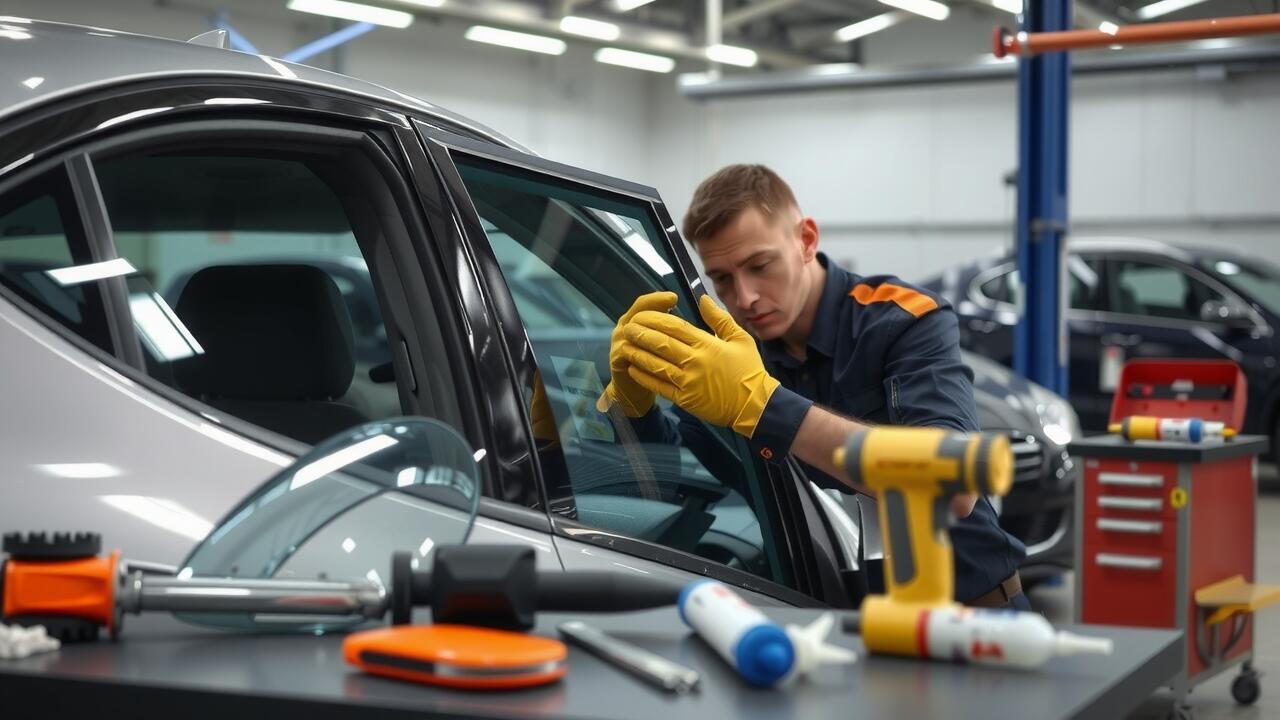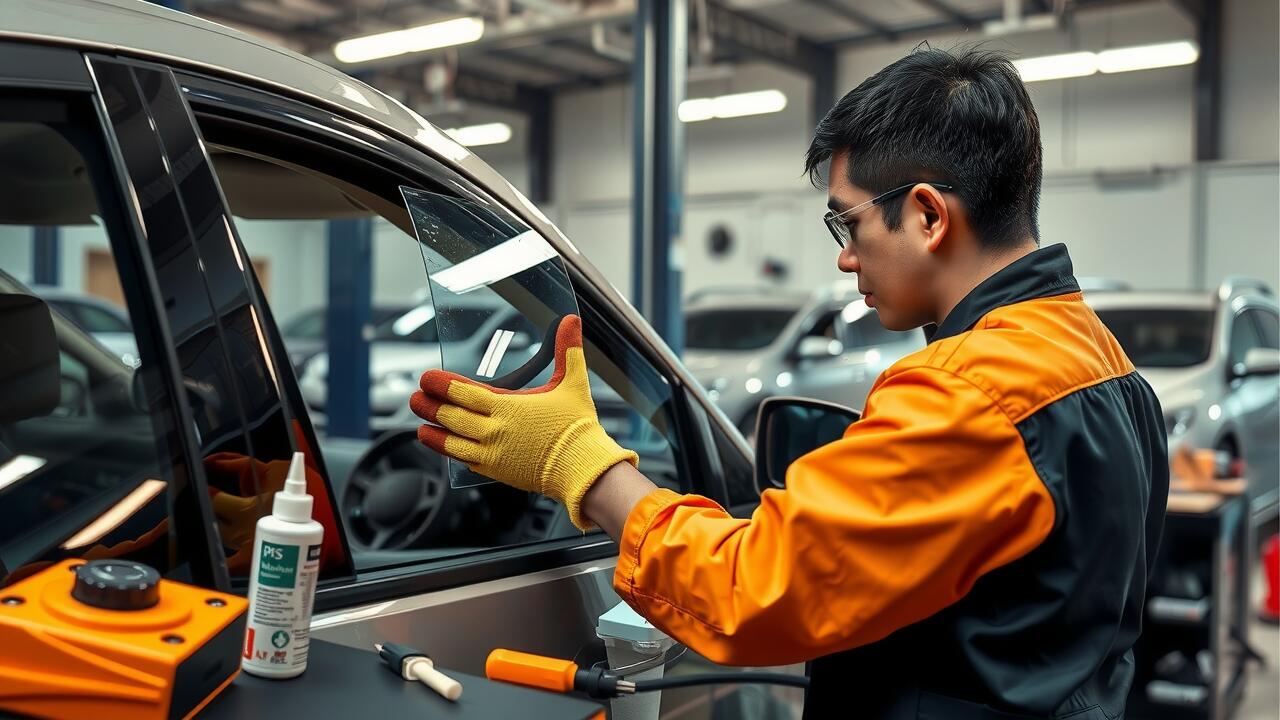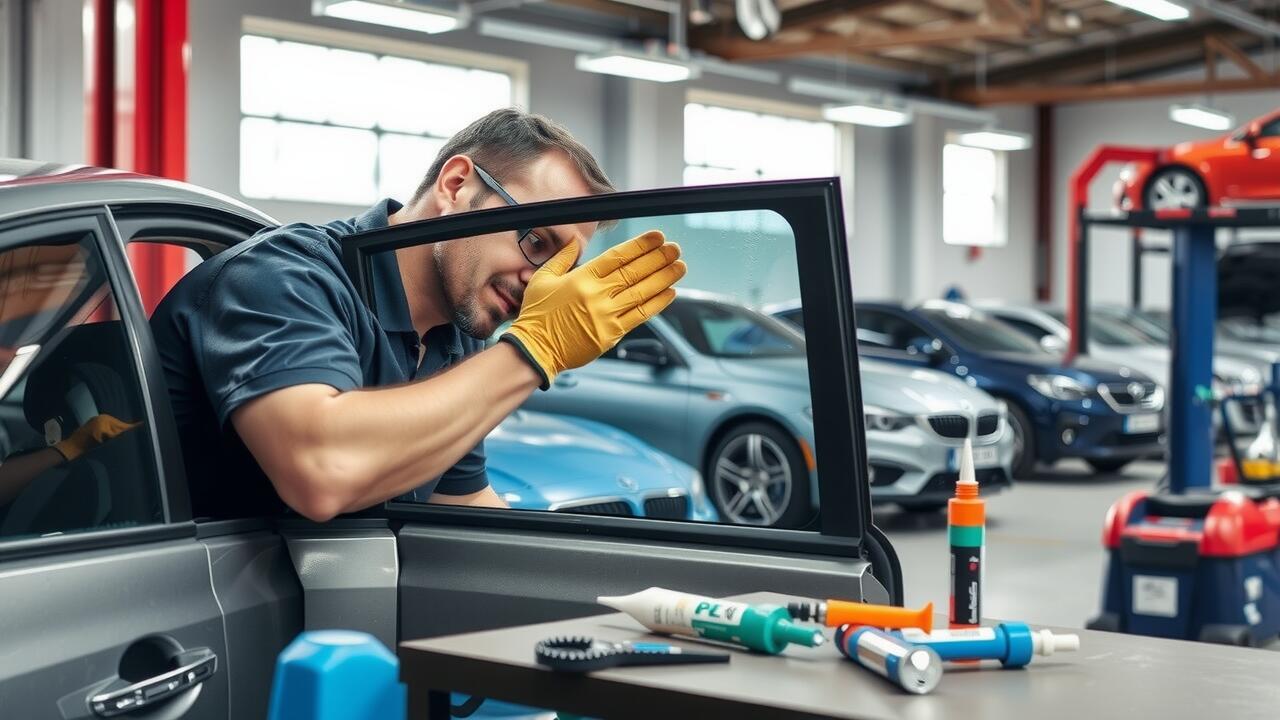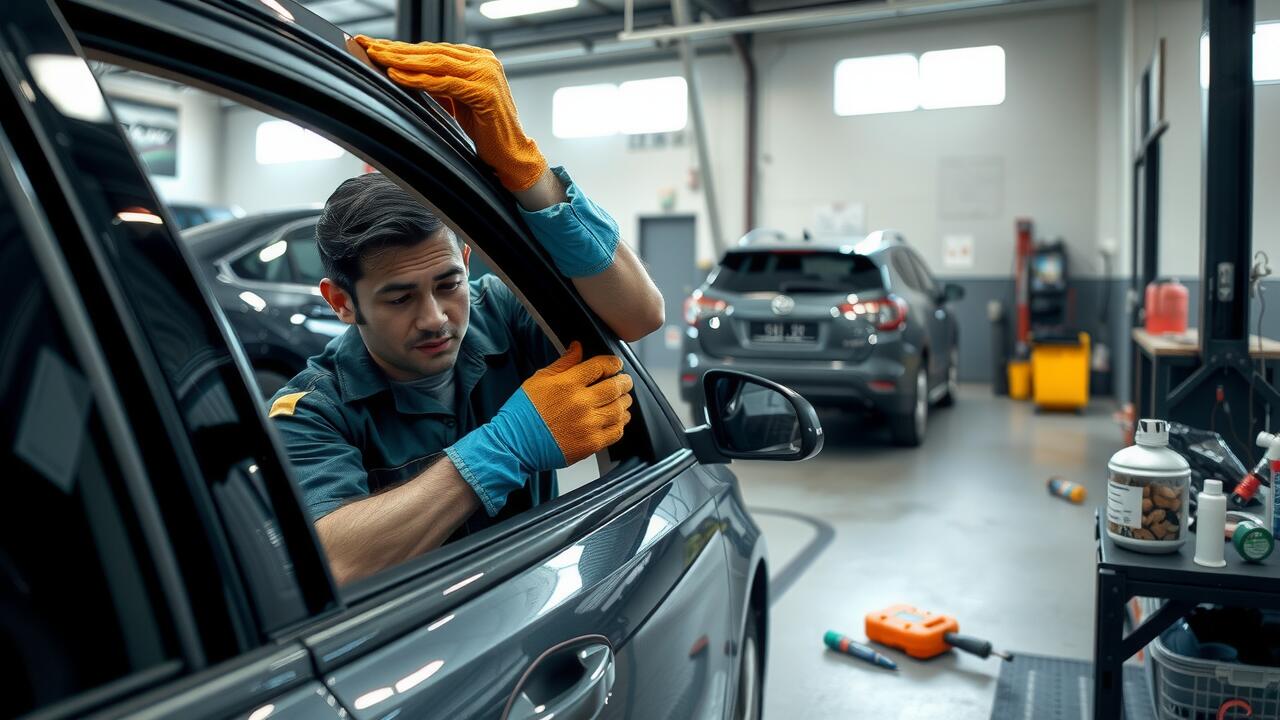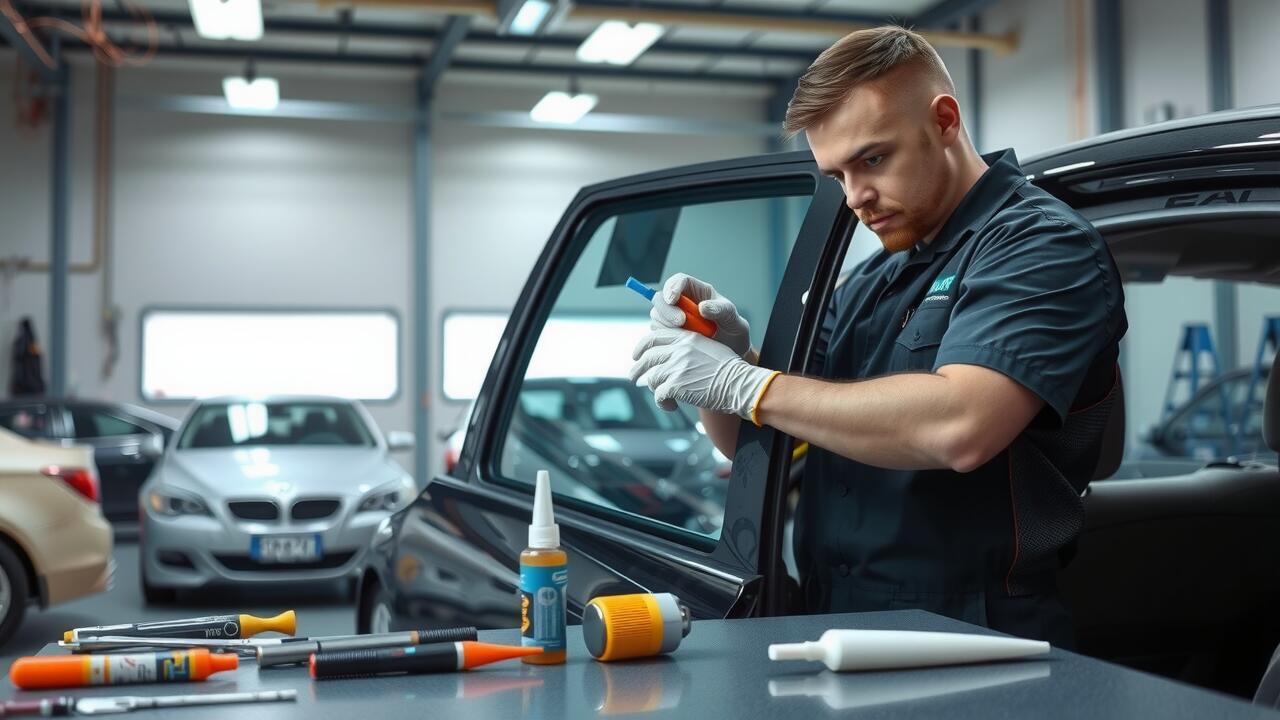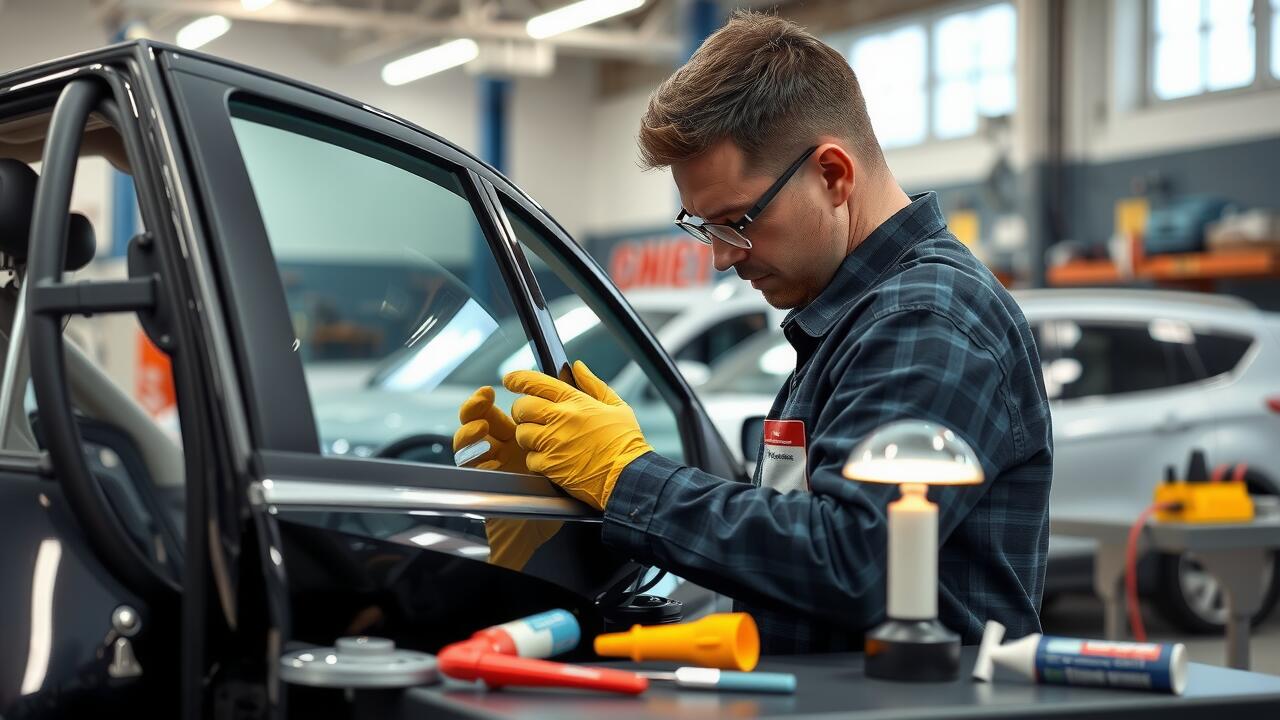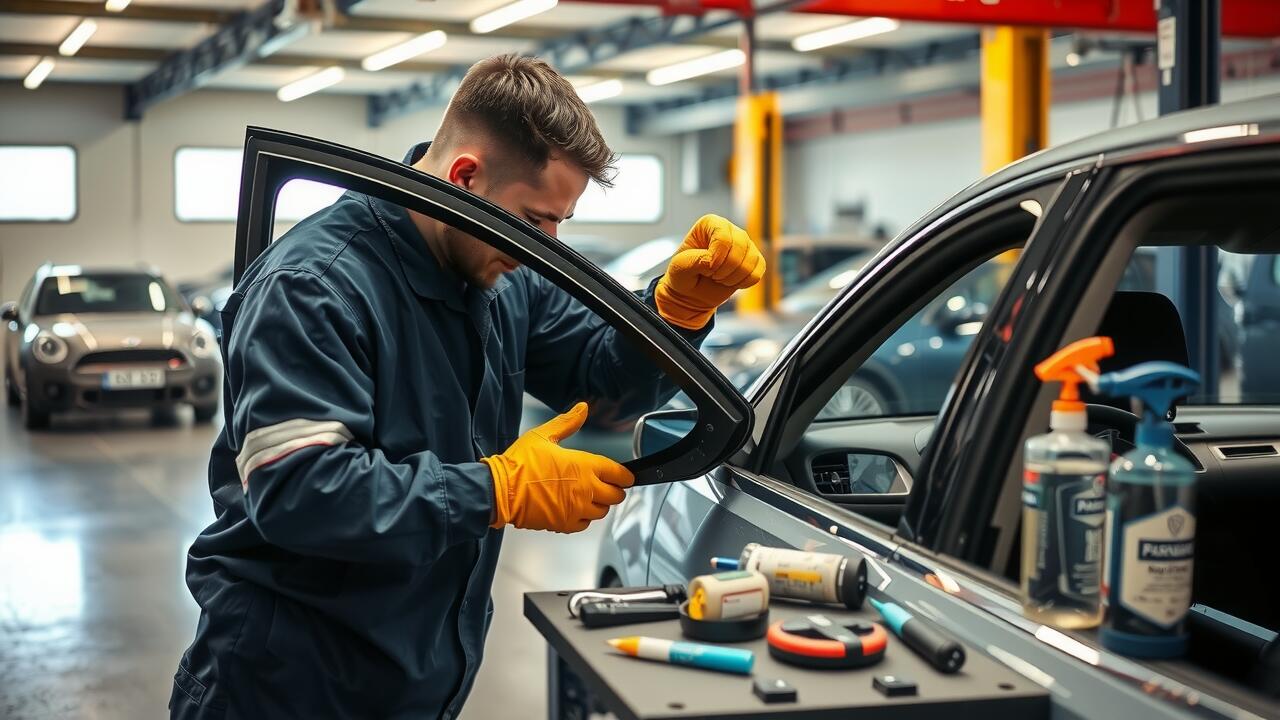
Table Of Contents
Exceptions to the Rules
Certain situations allow the blocking of a rear window, primarily for safety and practicality reasons. For instance, vehicles used for specific purposes, like campervans or vehicles with designated privacy screens, might be granted exceptions. However, these modifications must comply with local regulations to ensure they do not impede the driver's visibility. The law emphasises the need for clear sightlines to enhance safety on the road.
In cases involving repairs, such as a Side Window Replacement, temporary coverings may be permitted. These solutions are often used while awaiting new glass, as long as they do not obstruct the driver’s view or compromise overall vehicle safety. Local authorities may grant leniency, provided that the intent is to maintain safety standards during repairs. Always check local guidelines to ensure compliance with regulations when considering such modifications.
Permitted Uses of Window Coverings
Window coverings in vehicles are often subject to specific regulations to ensure safety and visibility. In Australia, some permitted uses include privacy screens that do not obstruct the driver's view. These coverings are typically designed to enhance passenger comfort while adhering to legal standards. For instance, sunshades and window tinting that comply with local laws can help reduce glare and heat, benefiting both driver and passengers. It's essential to ensure that these modifications do not compromise overall visibility, particularly for the driver.
In certain scenarios, window coverings can play a practical role in protecting vehicle interiors. Products like protective films can help prevent fading and damage from UV exposure. However, it is crucial to follow guidelines concerning their application, especially if any side window replacement occurs. A proper balance between aesthetics and functionality can be achieved by selecting window coverings that allow maximum visibility while providing necessary protection.
Impact on Insurance Coverage
Insurance coverage may be affected if a vehicle's rear window is obstructed. In many cases, insurers require that all windows provide adequate visibility for safe driving. If a driver is found to be in violation of these regulations, their insurance claims could be denied in the event of an accident. This means that blocking the rear window can lead to disputes with insurance providers regarding liability and coverage.
Additionally, modifications to a vehicle, including window coverings or tinting, often need to be disclosed to insurance companies. Failure to report such alterations can complicate the claims process. If a rear window needs to be replaced, such as during a Side Window Replacement, it is advisable to consult with the insurance provider first. This ensures that any changes made maintain compliance with safety regulations and do not inadvertently jeopardise coverage.
How Modifications Affect Policies
Modifications to a vehicle can significantly influence insurance coverage. When a driver alters or replaces windows, specifically through processes like Side Window Replacement, insurers may reassess the policy terms. Any changes that affect a vehicle's safety features or visibility, including window modifications, could warrant higher premiums or change in coverage options. Insurers typically require policyholders to inform them of such modifications to ensure adequate protection in the event of an accident.
Certain modifications may also potentially void existing policies. If an insurer deems that the changes compromise the vehicle's safety, they might refuse to cover incidents that occur as a direct result of those modifications. It becomes essential for vehicle owners to consult their insurance provider before proceeding with alterations like Side Window Replacement to maintain compliance and avoid unexpected liabilities. Understanding these implications helps ensure that drivers are adequately protected while adhering to insurance requirements.
Best Practices for Vehicle Safety
Ensuring optimal visibility while driving is crucial for safety on the road. One of the best practices includes maintaining clear and unobstructed windows. This not only improves a driver’s field of vision but also enhances awareness of surrounding traffic conditions. Regularly checking the condition of side windows plays a significant role in overall vehicle safety. Any signs of damage, such as cracks or chips, may impair vision and should be addressed immediately, possibly requiring side window replacement.
In addition to maintaining clear windows, proper use of window coverings can also impact safety. While some decorative tints and shades may enhance privacy, it is essential to choose options that do not block essential visibility. Drivers should familiarise themselves with local regulations regarding window treatments to ensure compliance. This awareness helps prevent penalties and promotes safer driving conditions for everyone on the road.
Ensuring Optimal Visibility
Ensuring optimal visibility while driving is crucial for safety on the roads. Maintaining clear sightlines is essential not only for the driver but also for other road users. Regular checks of mirrors and windshields help in assessing any obstructions. In cases where a vehicle’s rear window is blocked, options like side window replacement can greatly improve visibility without compromising legal standards.
Drivers should also consider the positioning of any modifications made to their vehicles. While certain window coverings may be permitted, they must not obstruct critical views. Regular monitoring of all windows ensures compliance with Australian road safety laws and enhances safety during driving. Taking proactive measures in maintaining visibility contributes significantly to safer driving experiences.
FAQS
Is it illegal to block my rear window in Australia?
Yes, blocking your rear window is generally illegal in Australia as it can impair your visibility and contribute to unsafe driving conditions.
Are there any exceptions to the rules regarding rear window coverings?
Yes, certain exceptions may apply, such as for vehicles fitted with specific types of rear window tints or coverings that comply with Australian Design Rules (ADRs).
Can I use window coverings for privacy?
While privacy is a valid concern, window coverings must be designed and installed in a way that does not obstruct your view and complies with local laws.
How do modifications to my vehicle affect insurance coverage?
Modifications, including those affecting visibility, may impact your insurance coverage. It’s essential to inform your insurer about any changes to avoid complications during a claim.
What are the best practices for ensuring optimal visibility while driving?
Best practices include keeping windows clear of any obstructions, regularly cleaning mirrors, and ensuring that all windows provide an unobstructed view to enhance safety on the road.
